Projects
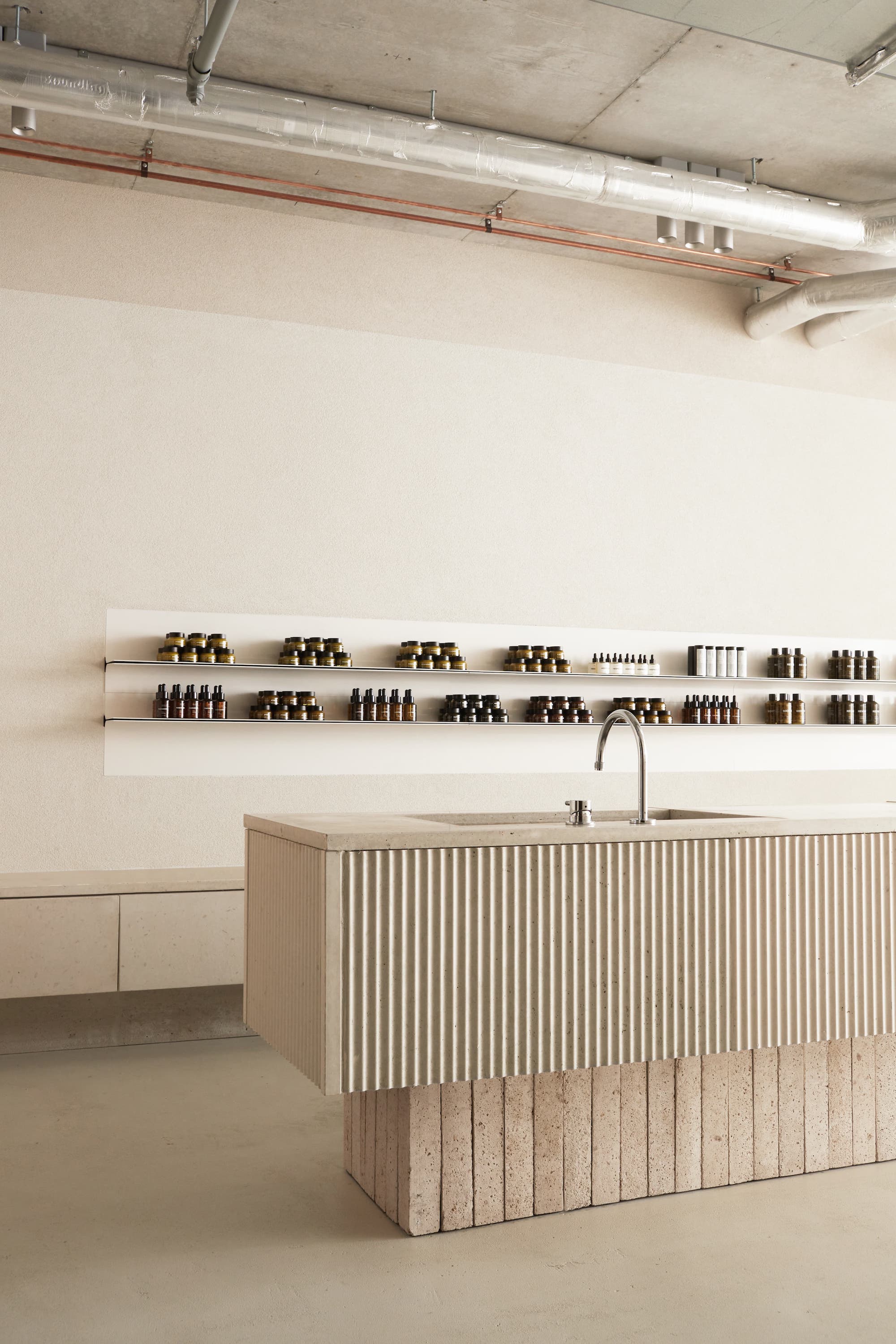
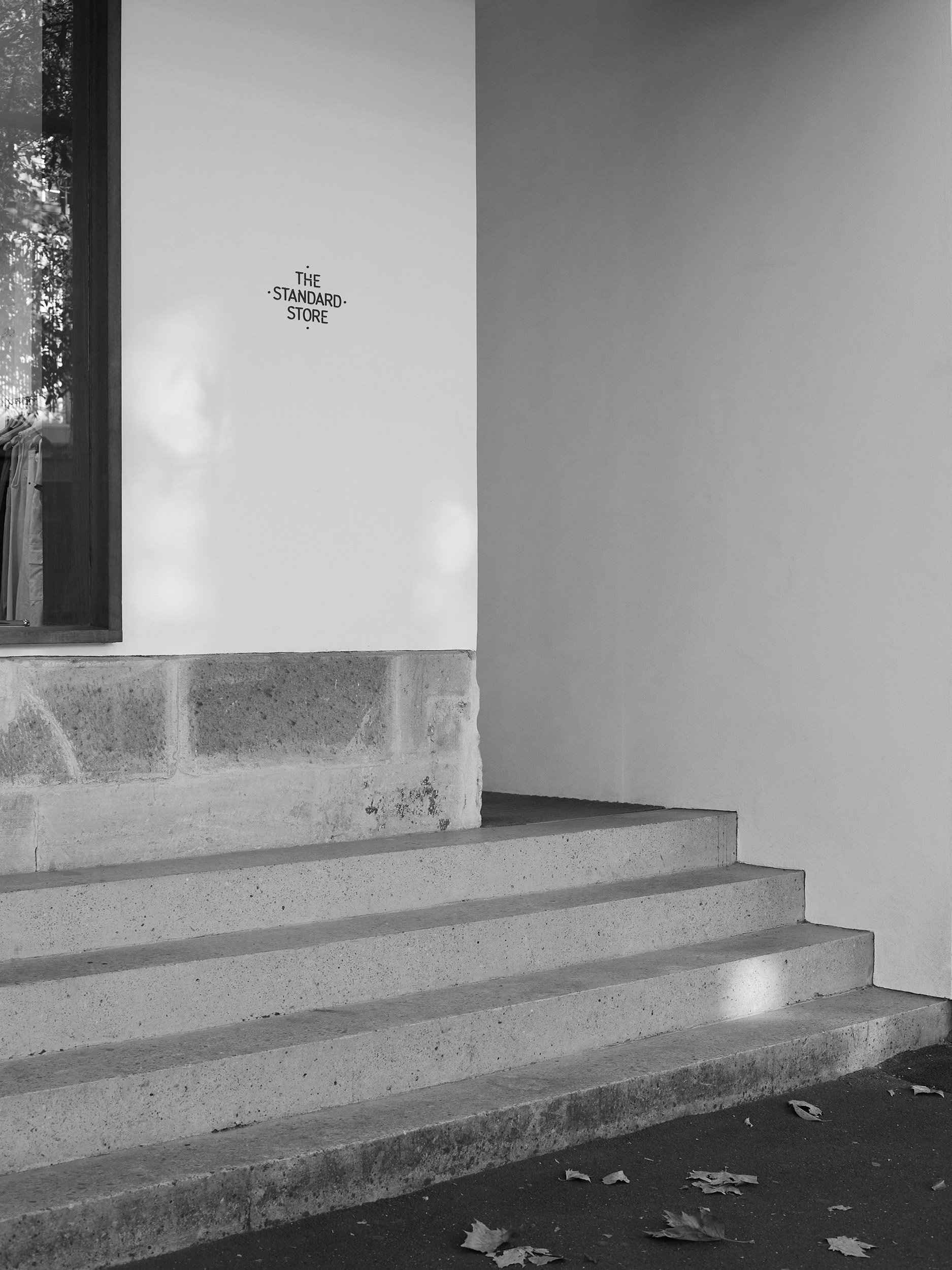
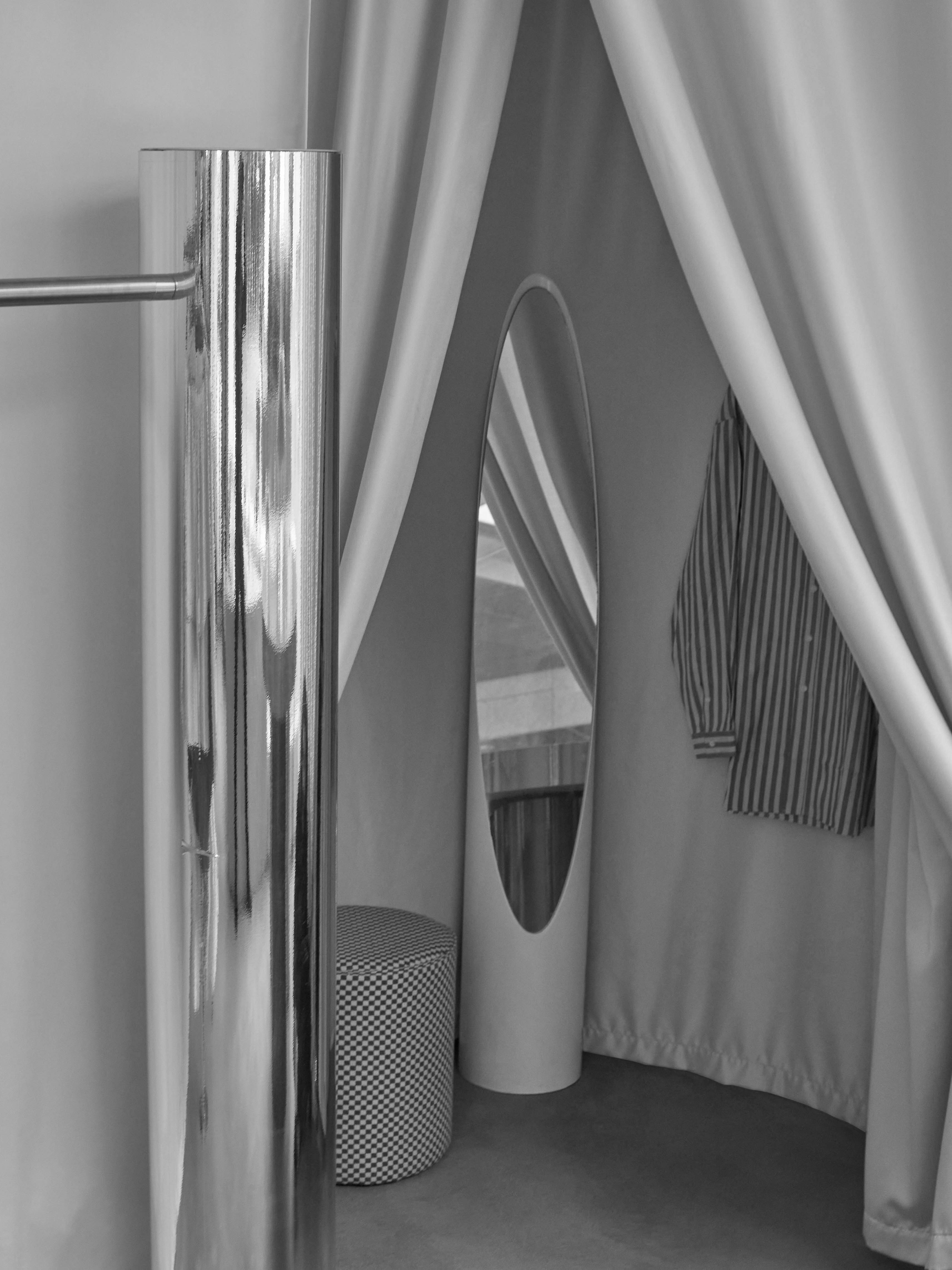
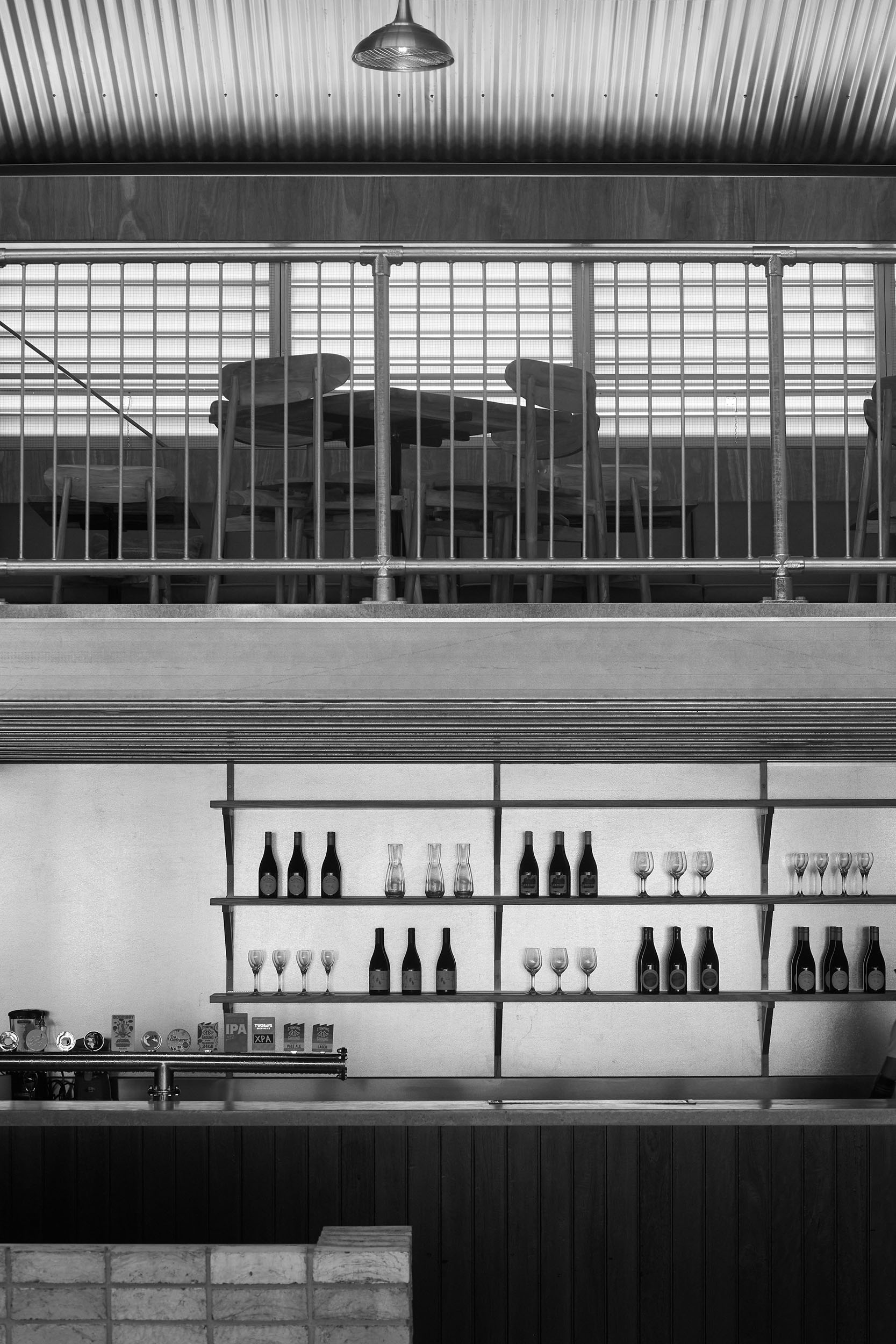

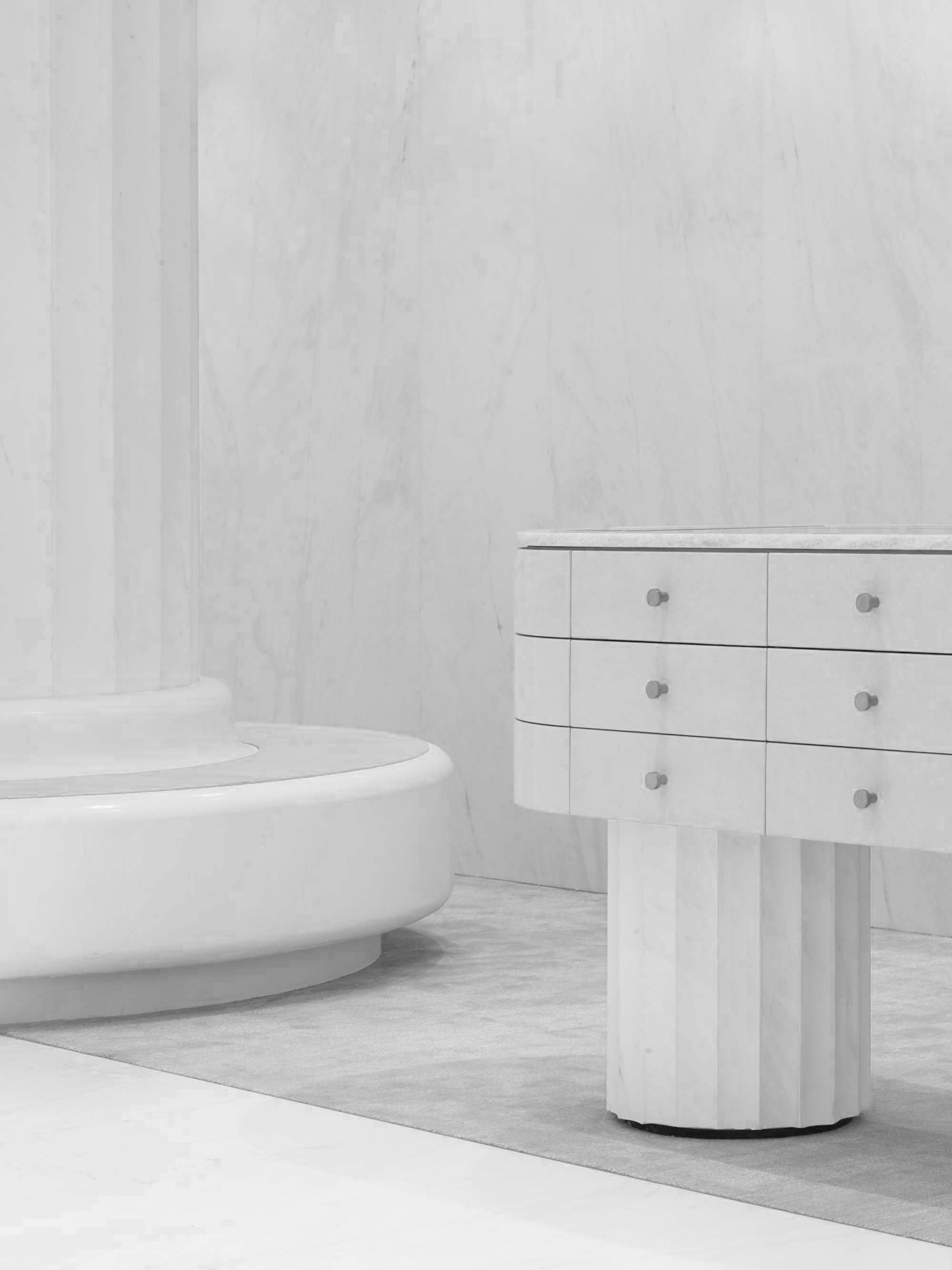


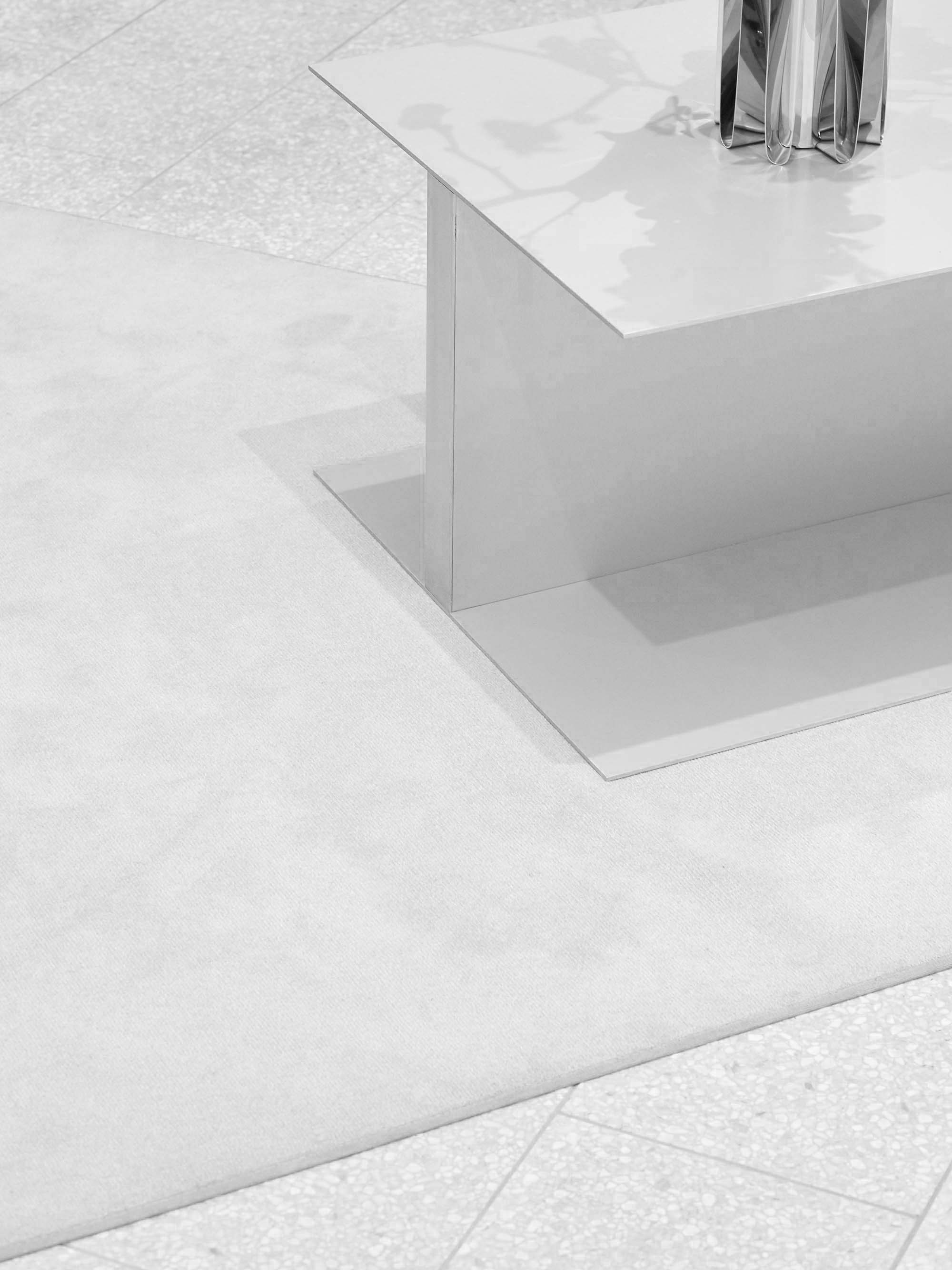
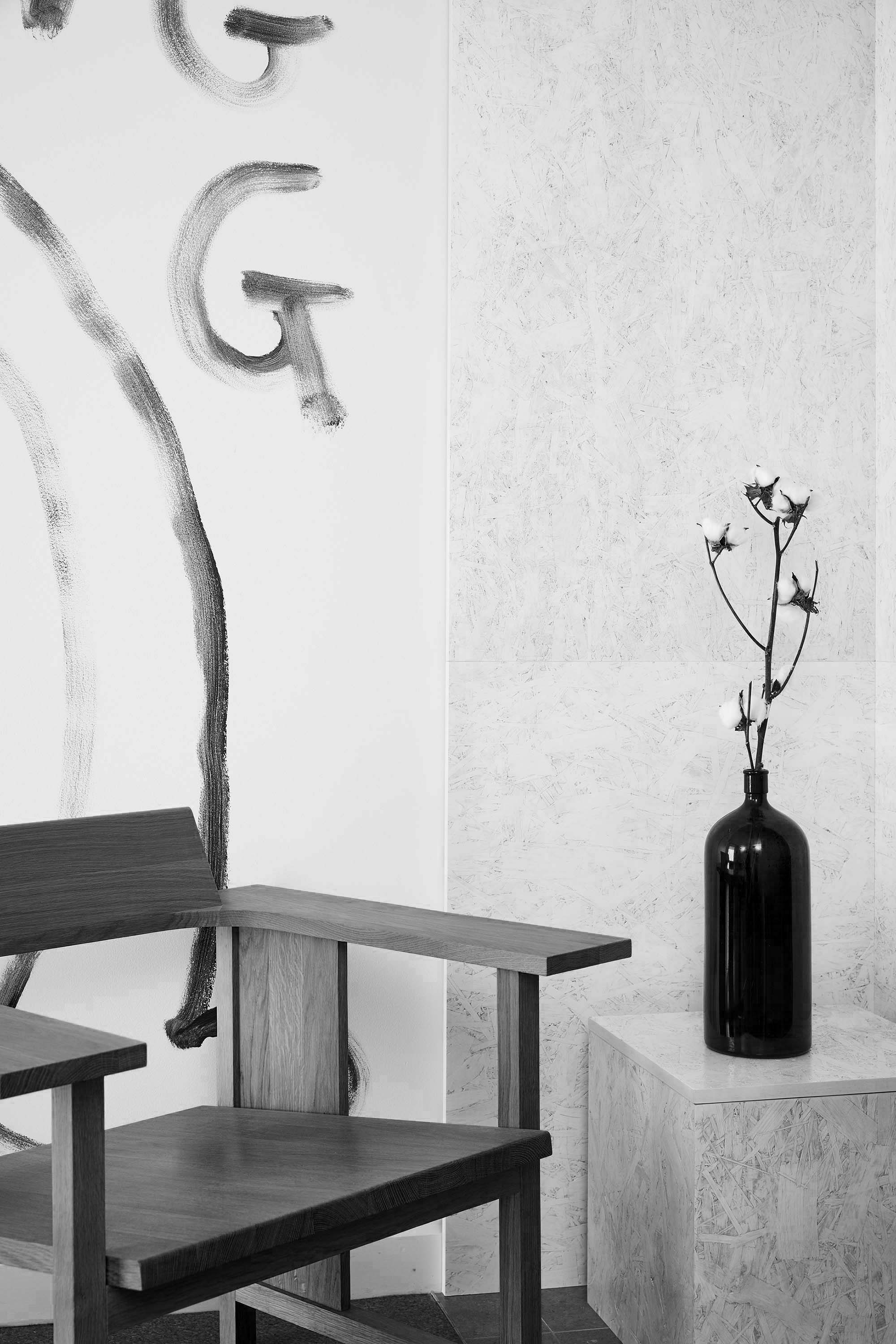
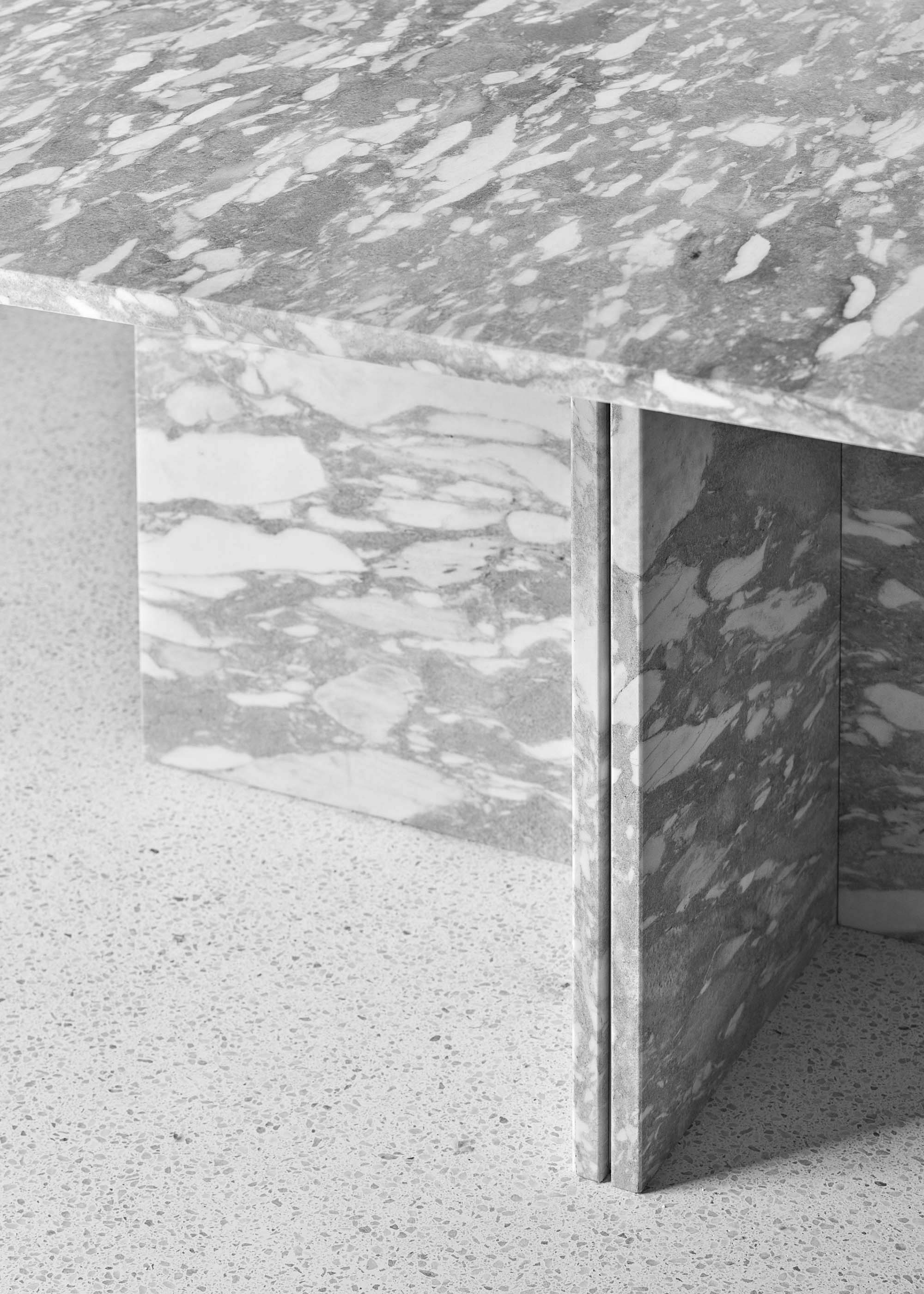
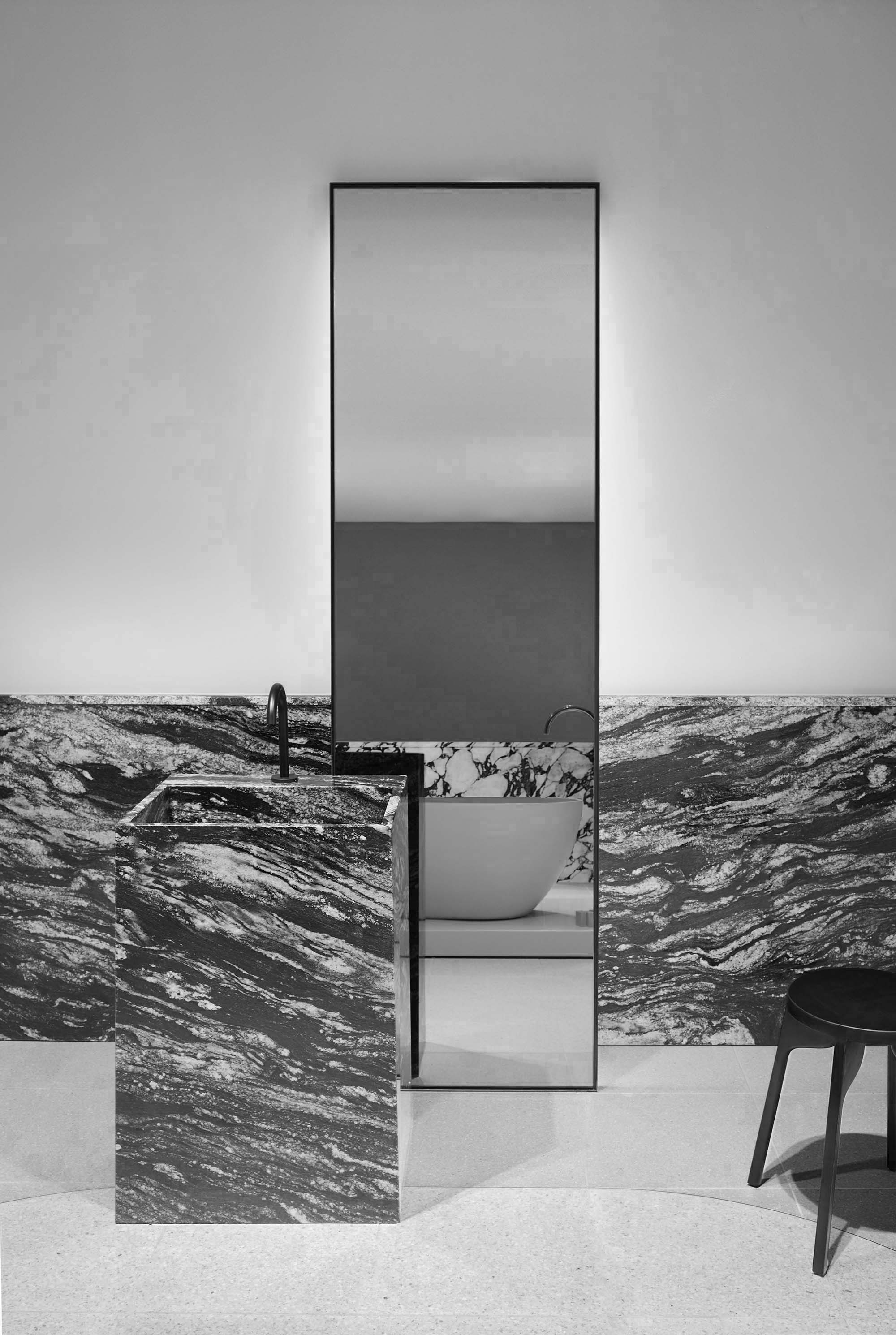
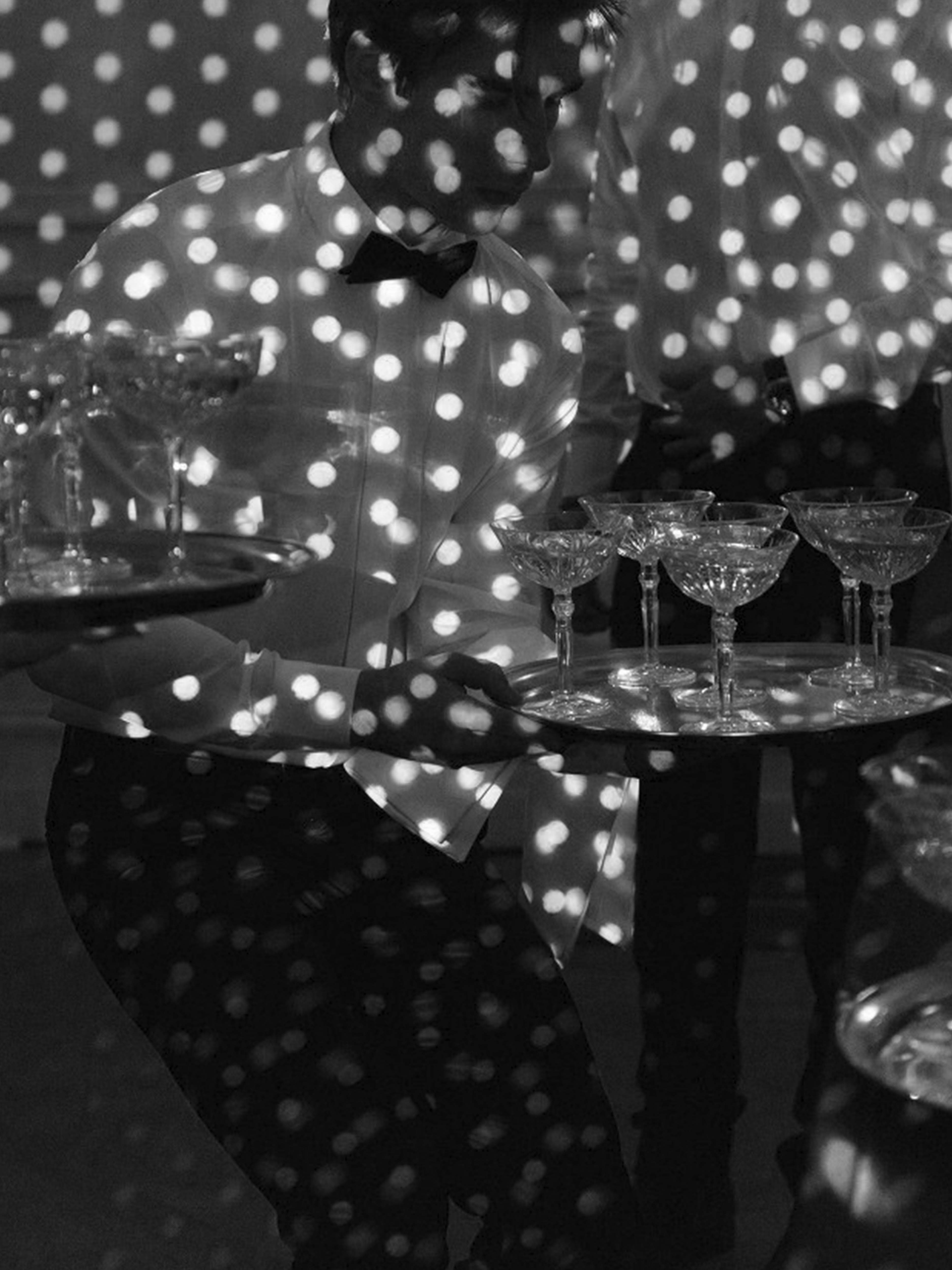

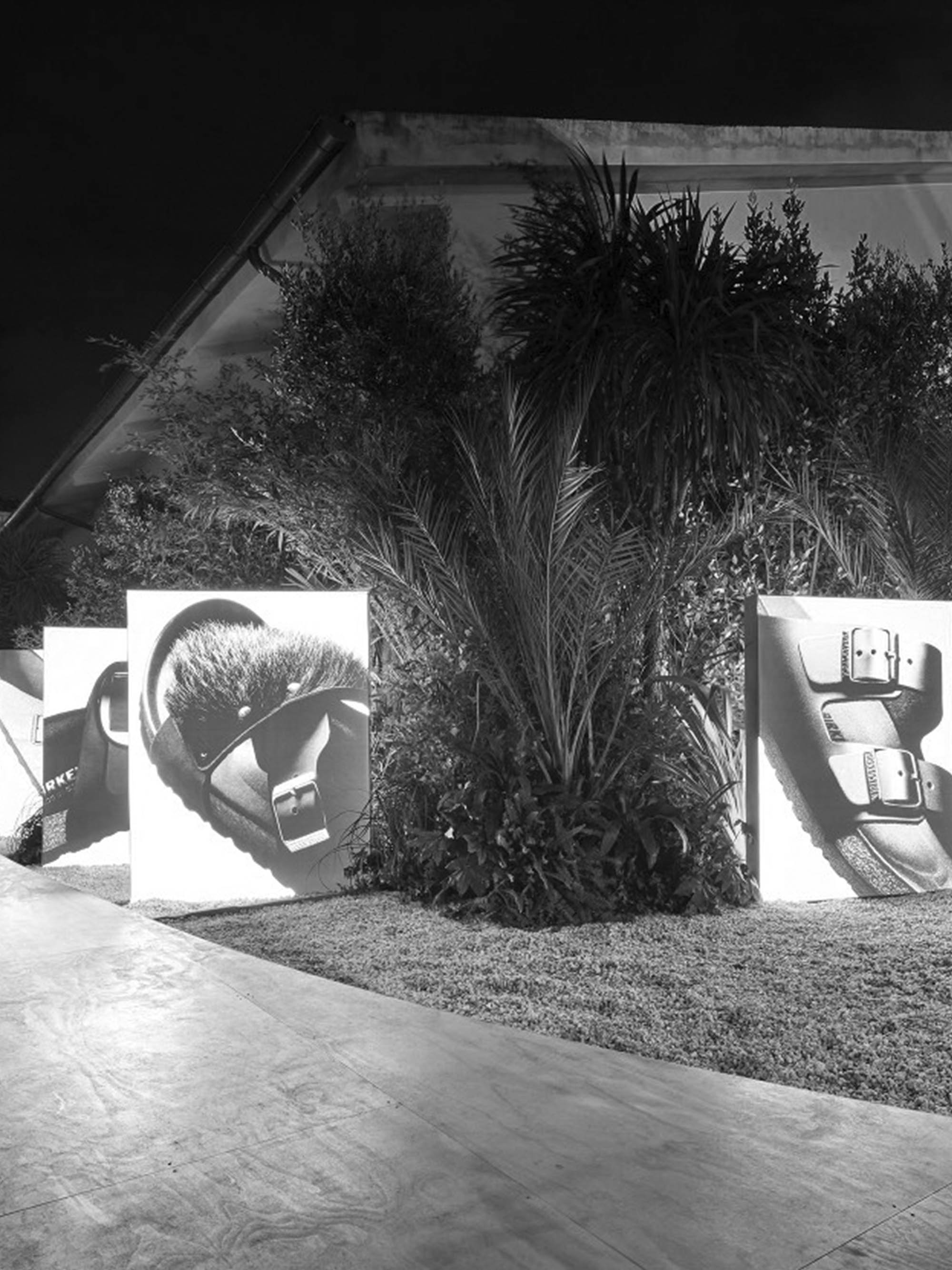
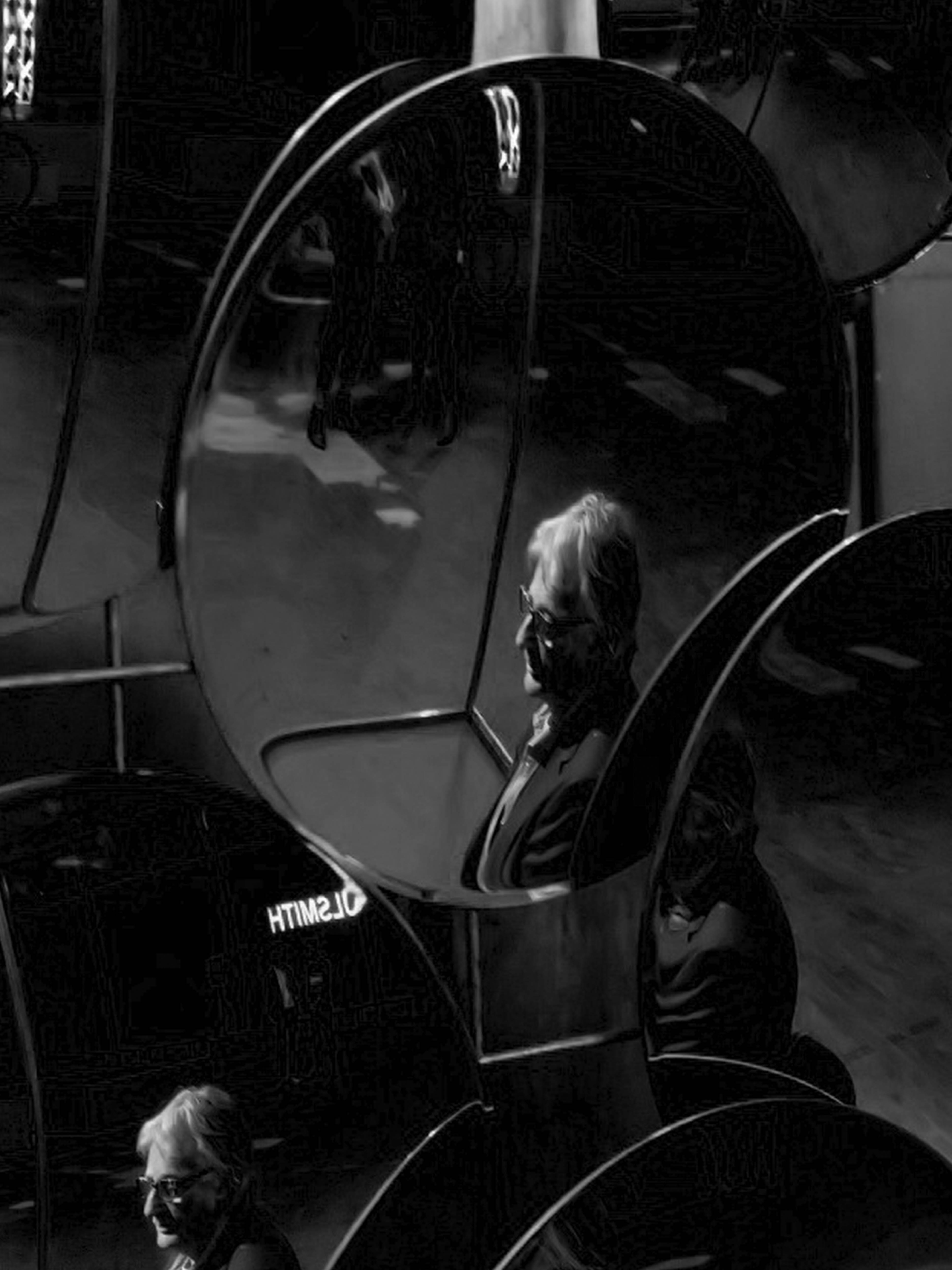
















| No 92 | No 92 | Hospitality | Sydney | 2019 |
|---|
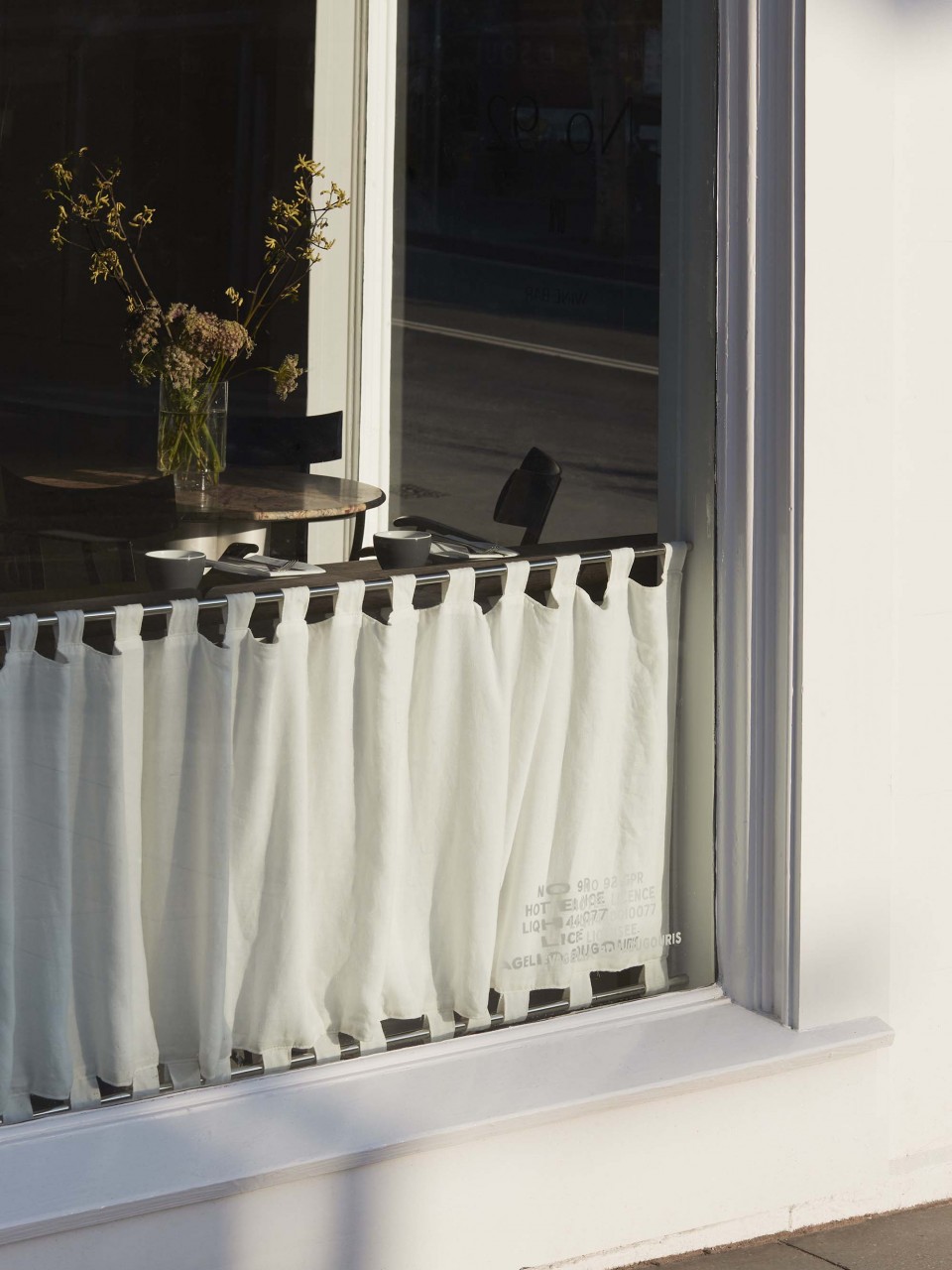
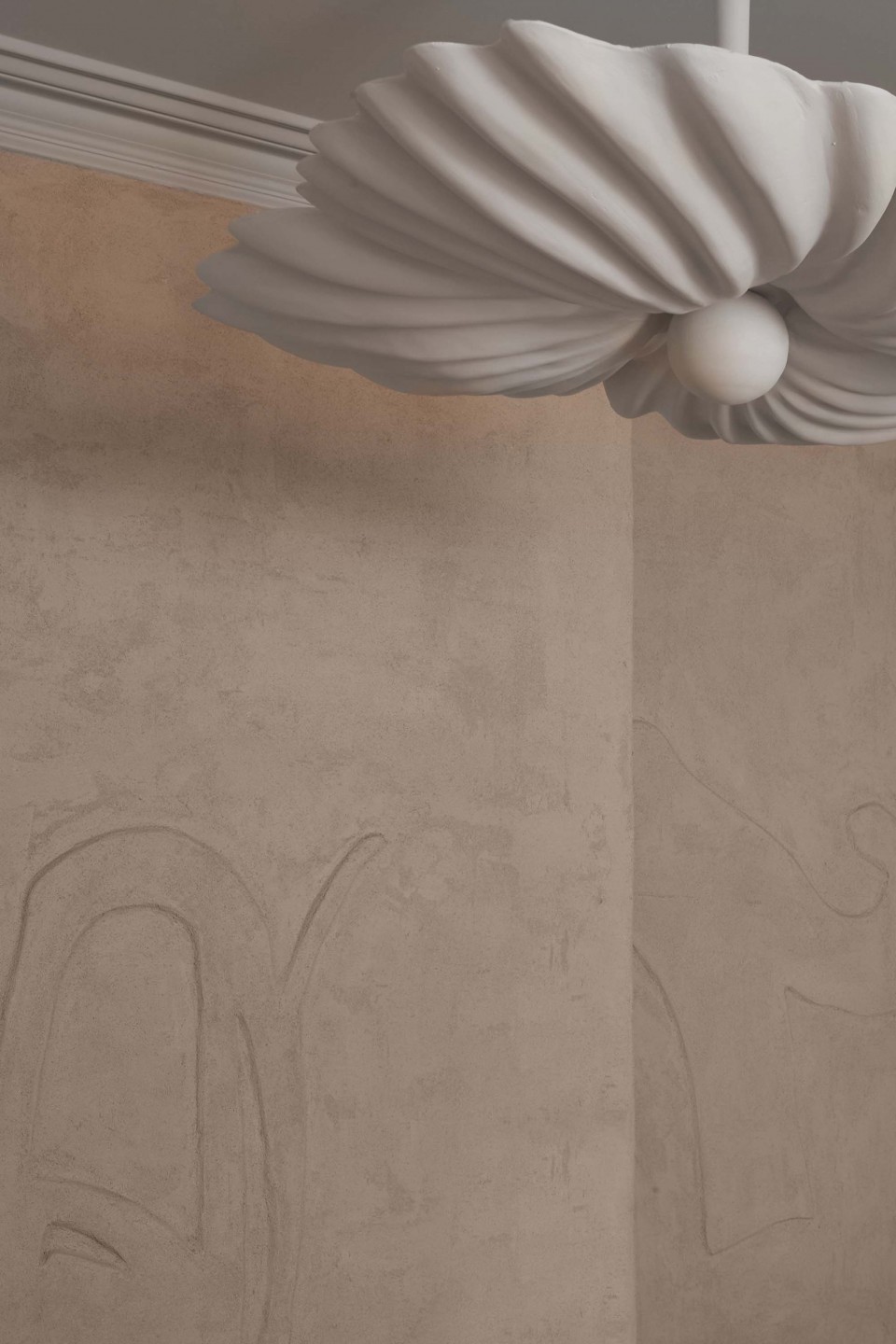
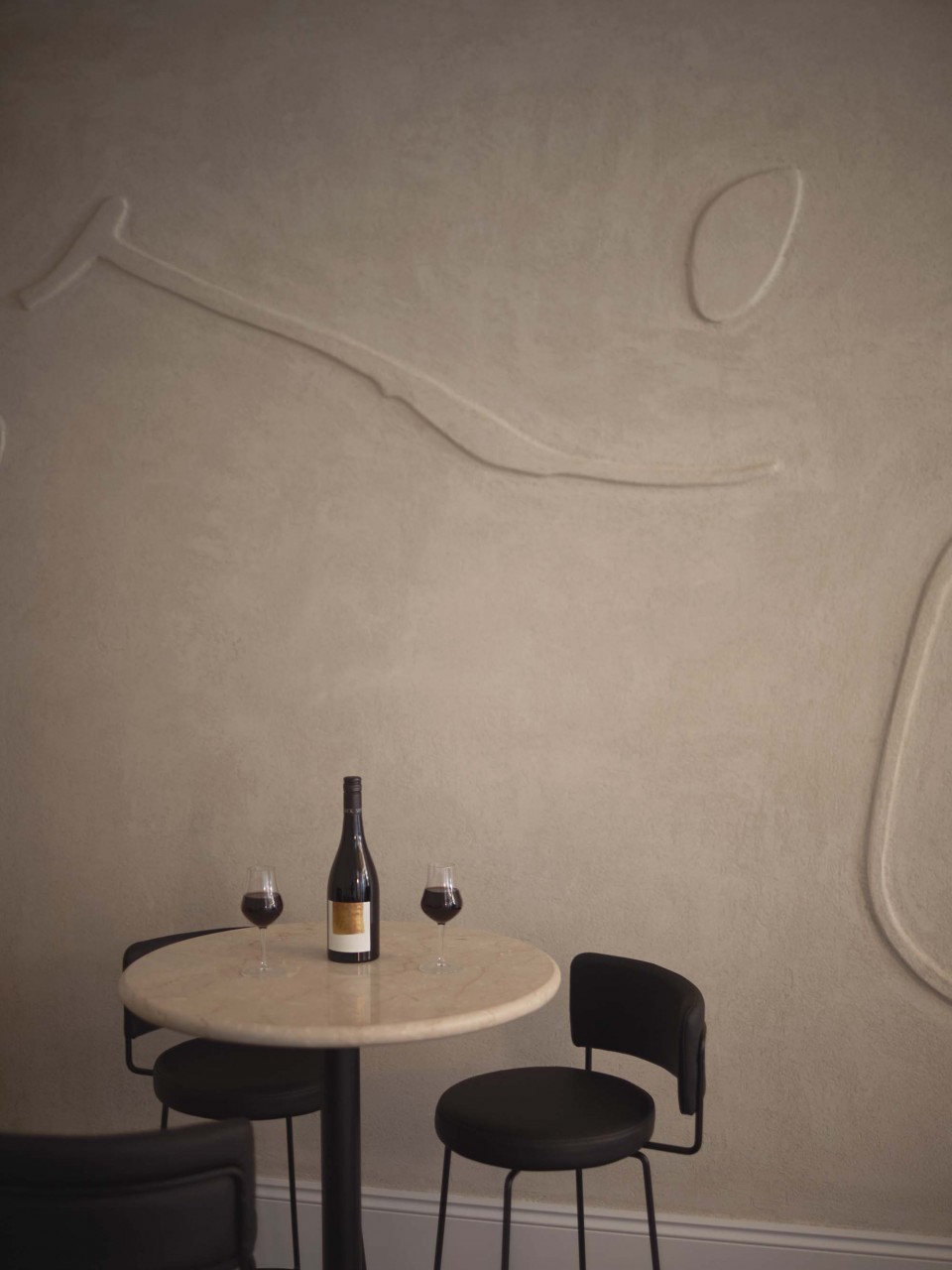
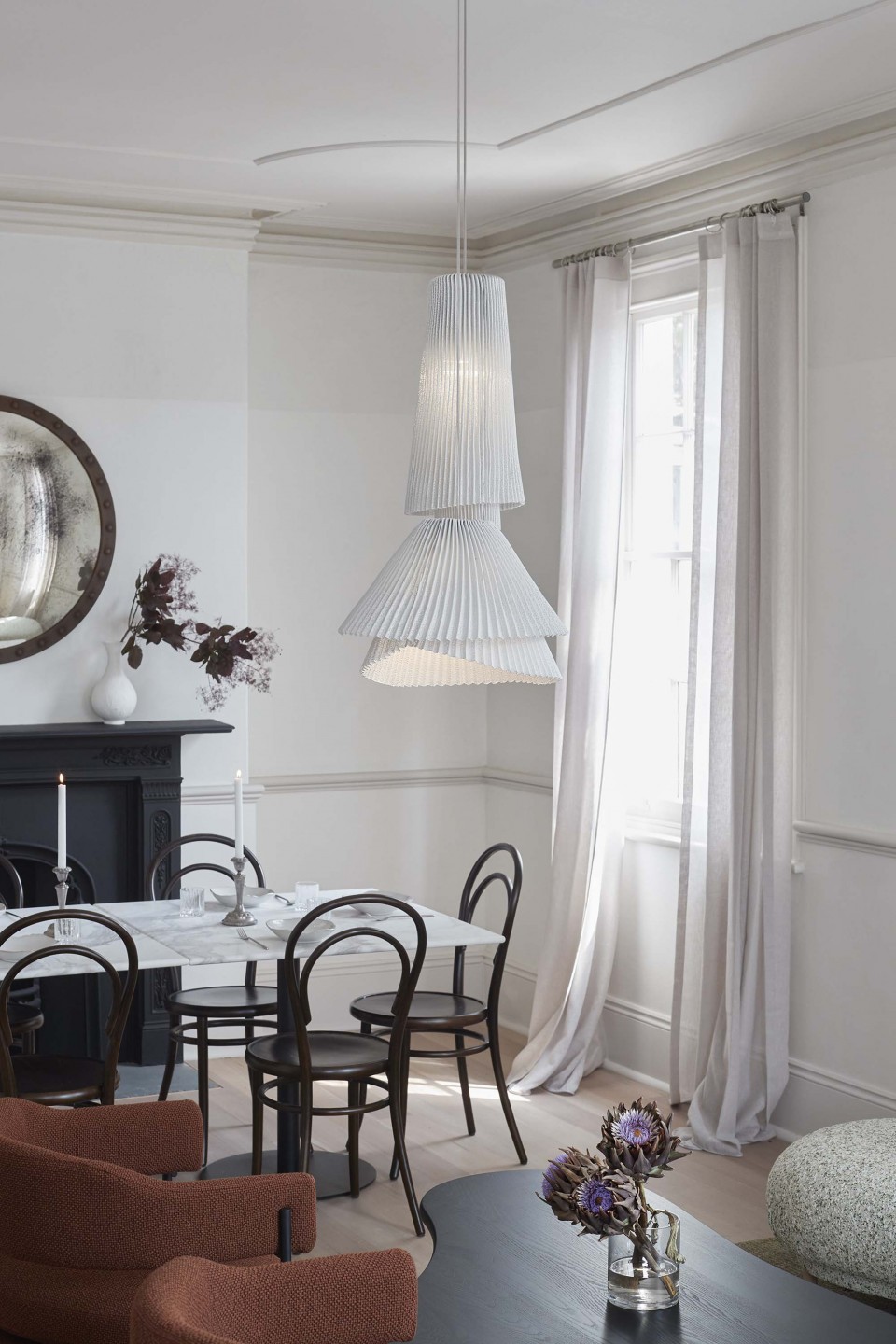
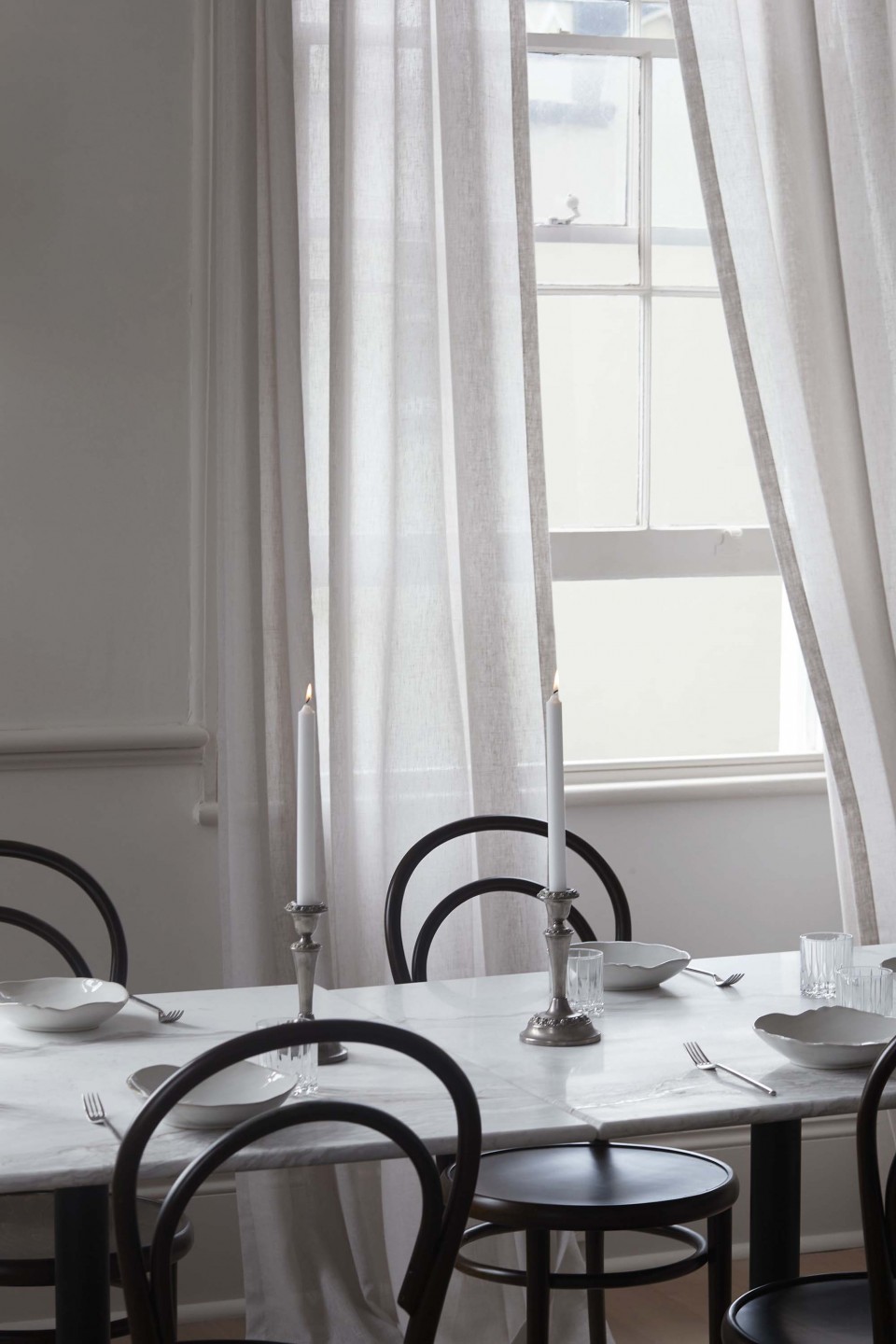
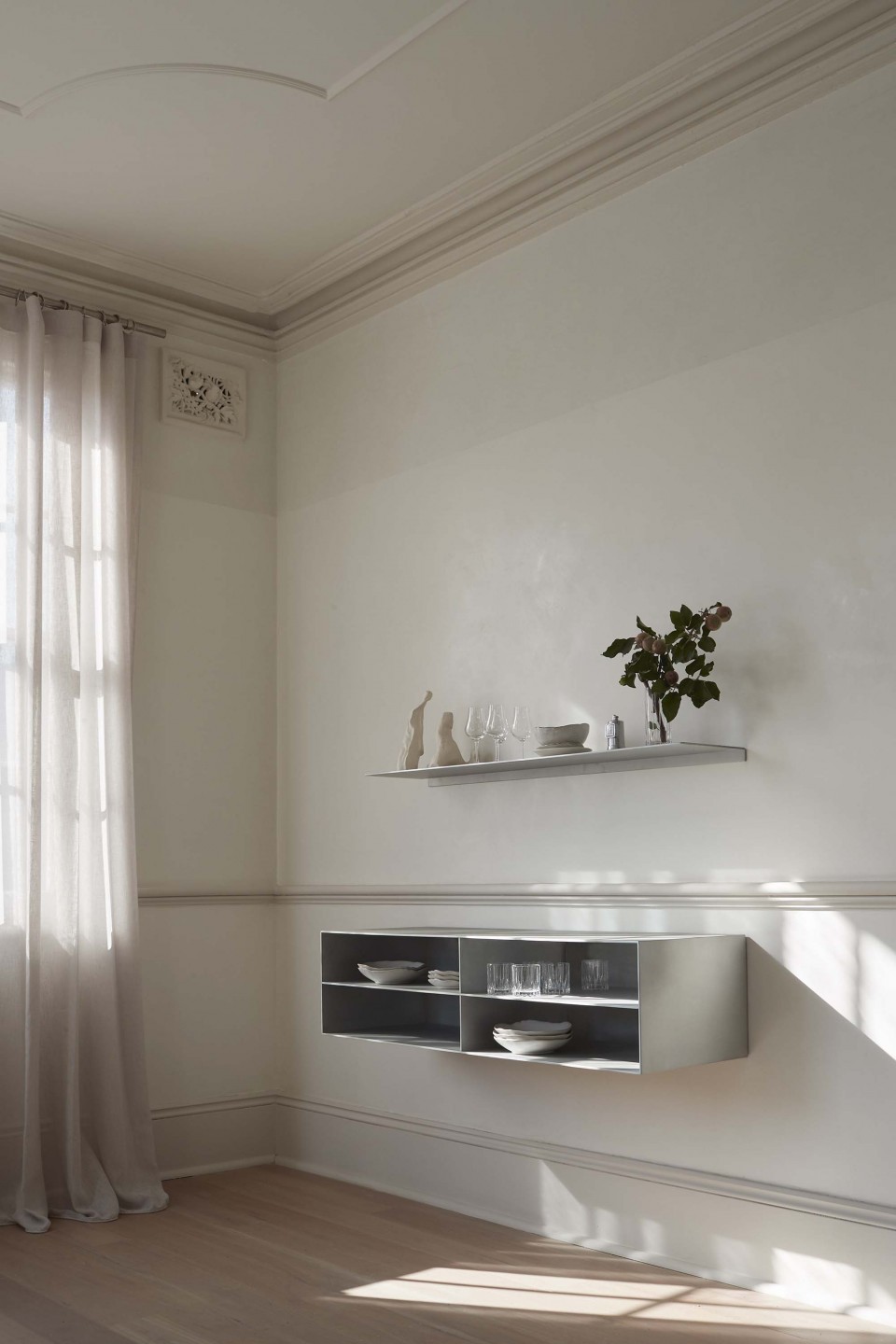
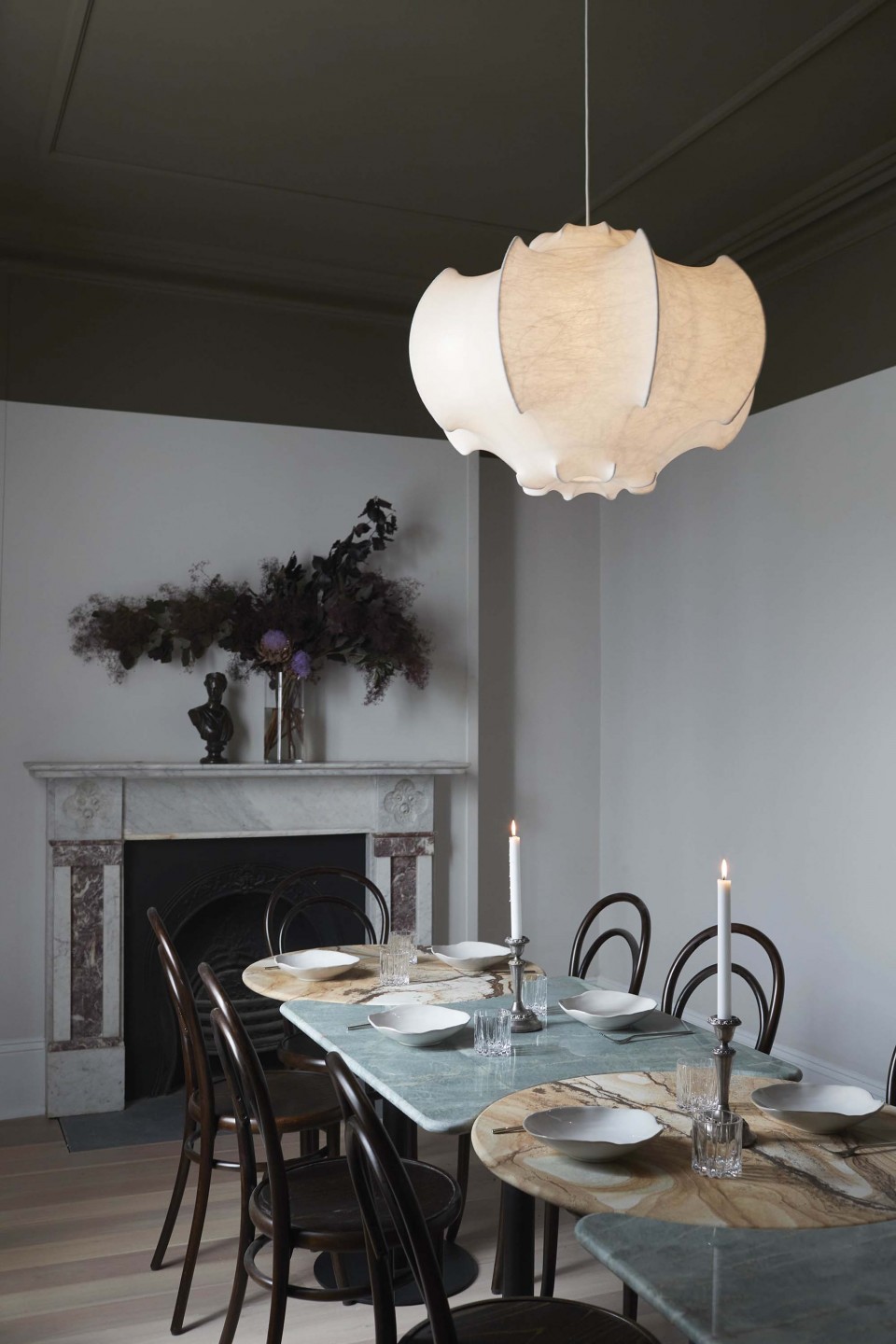
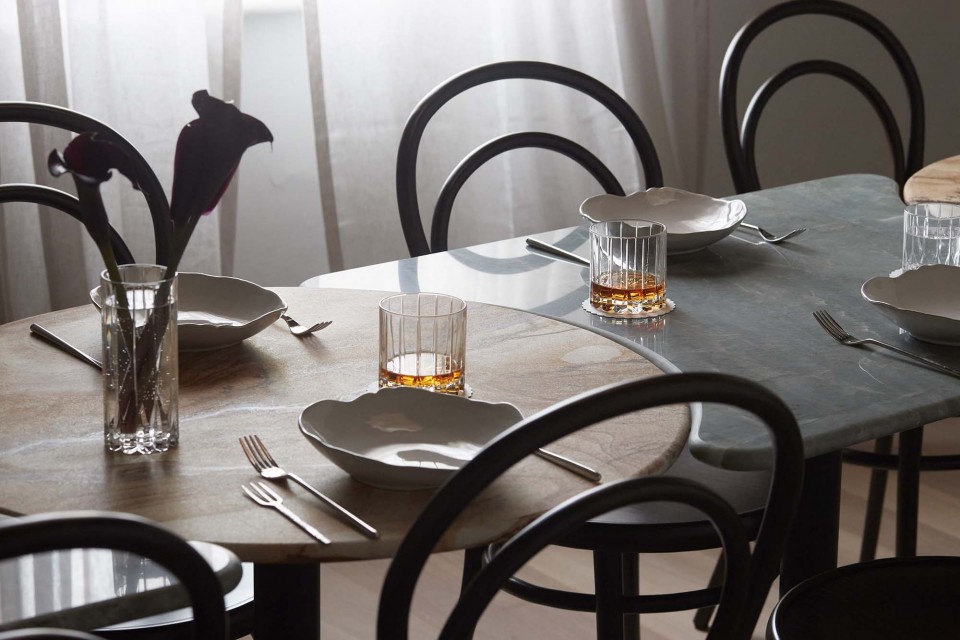

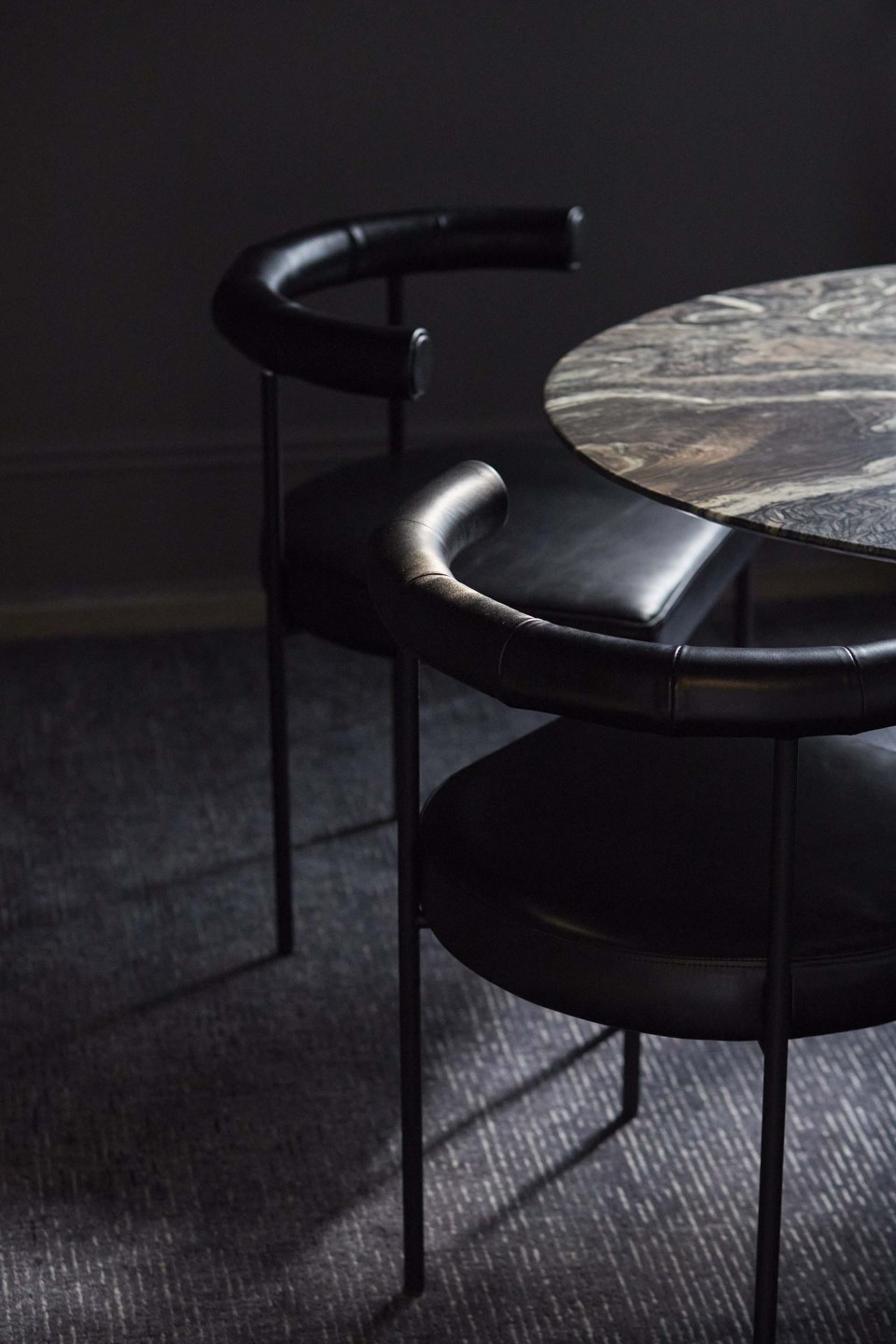
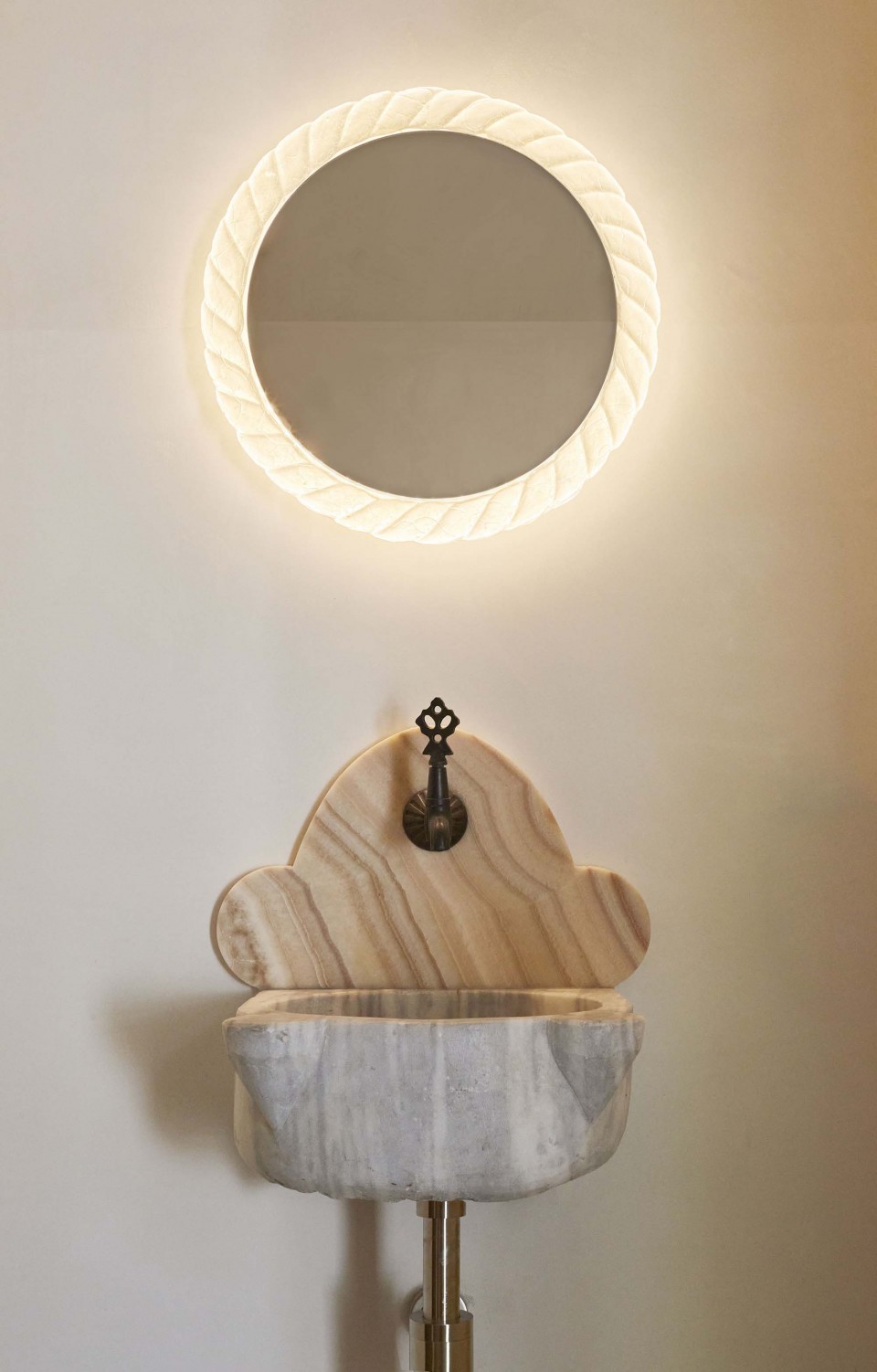
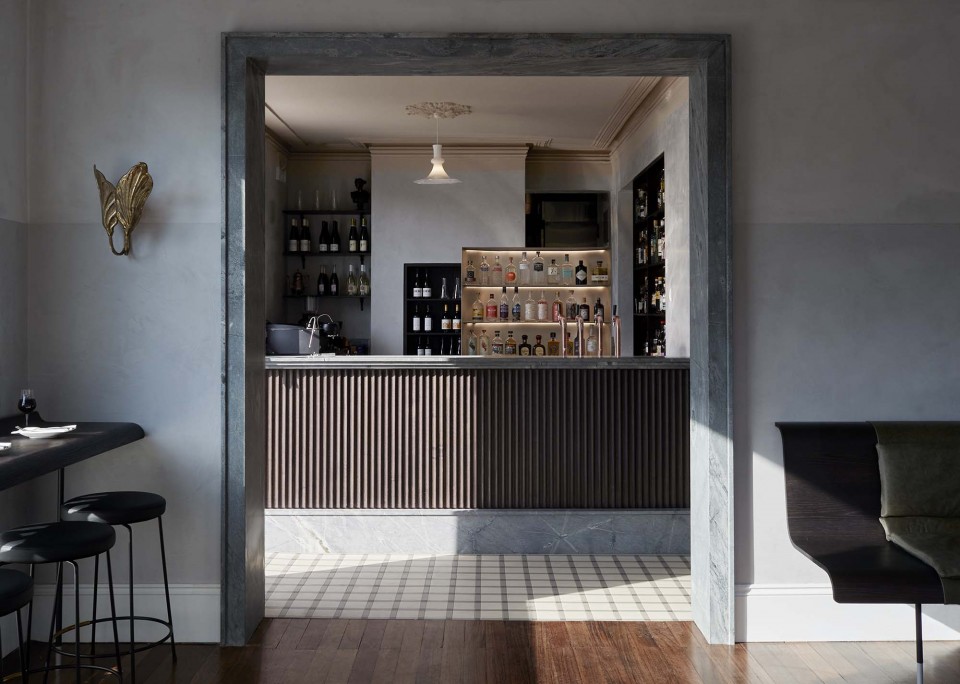
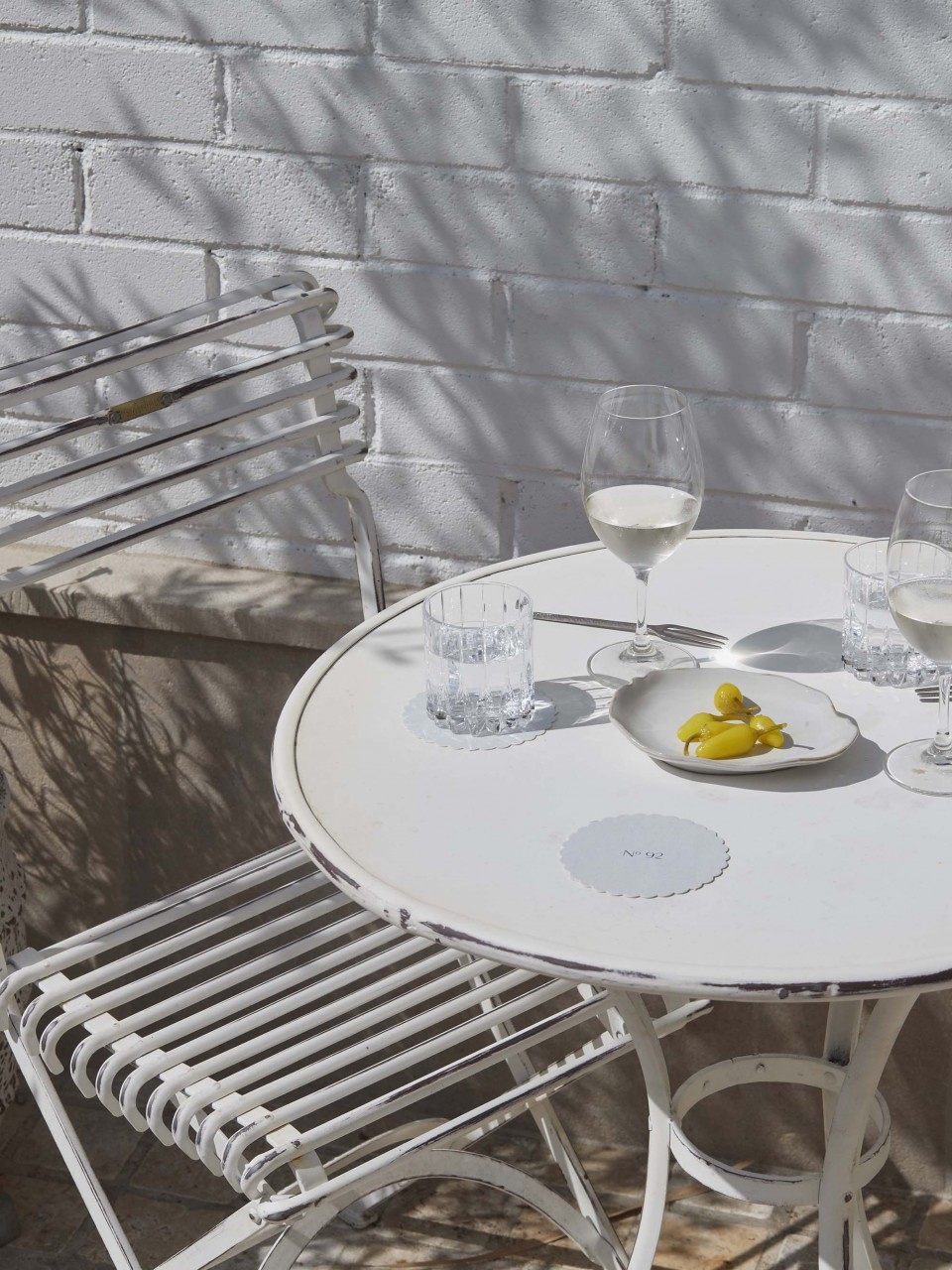
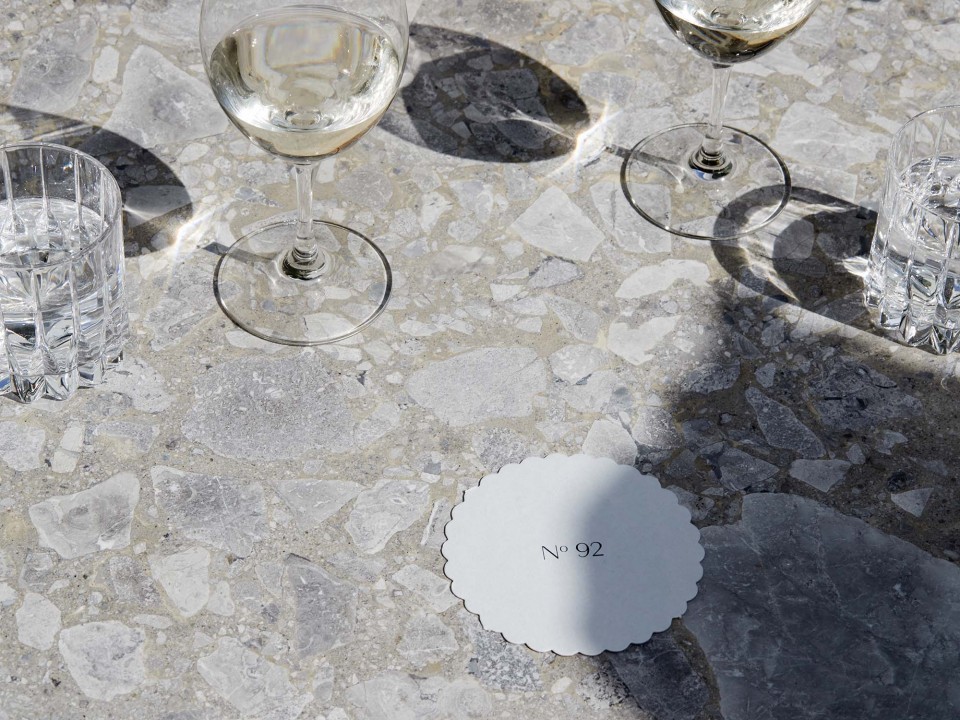
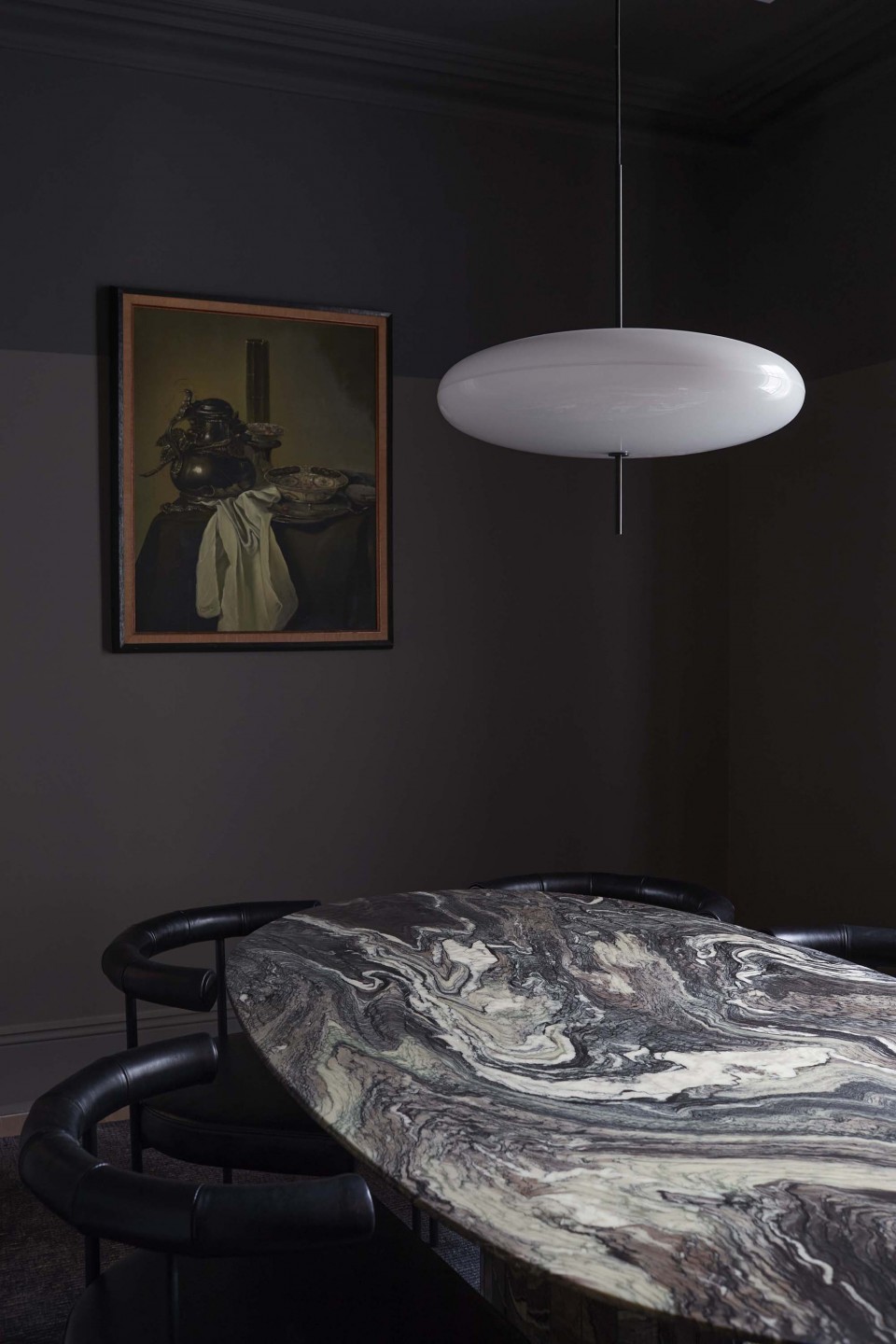
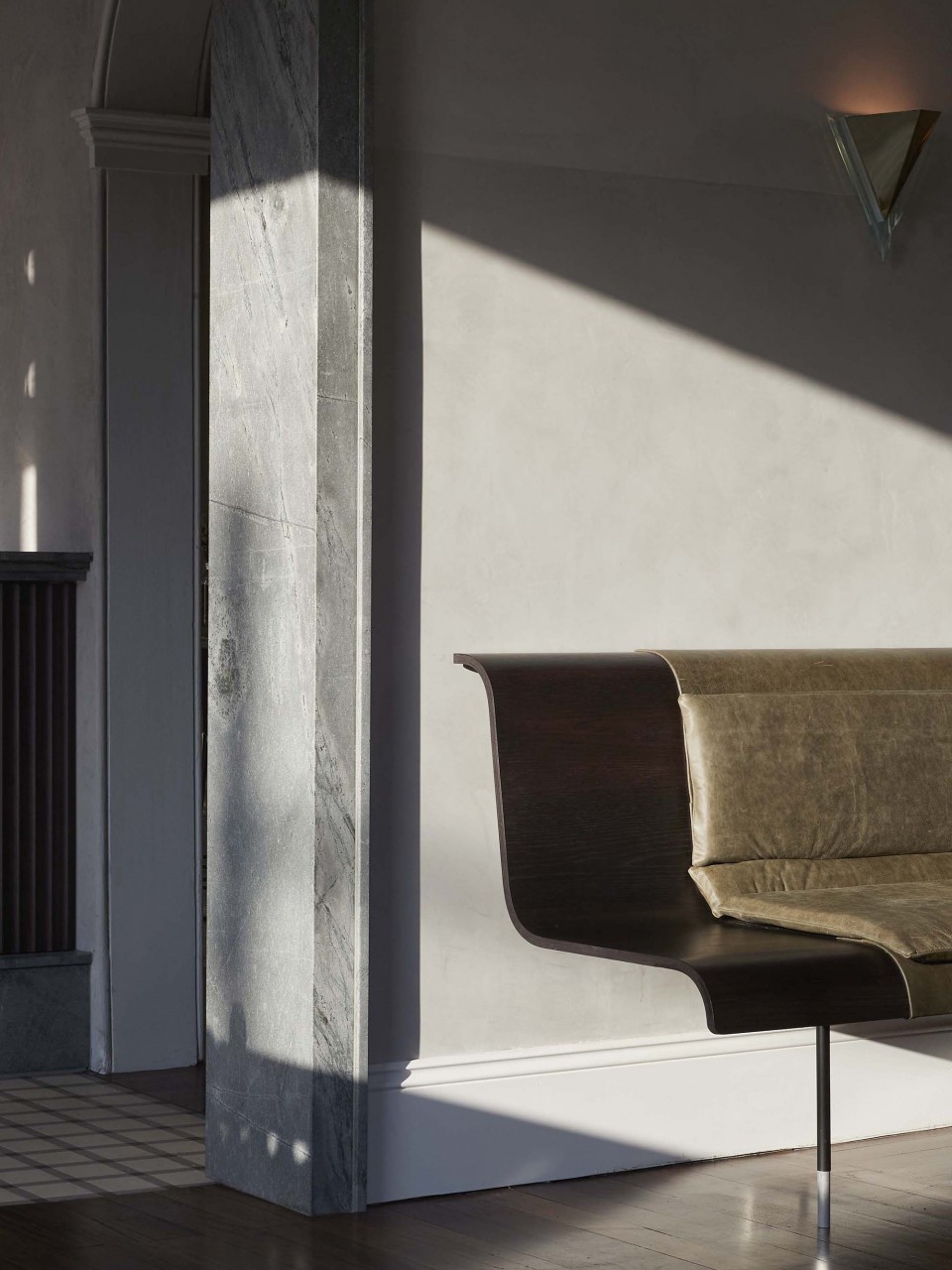
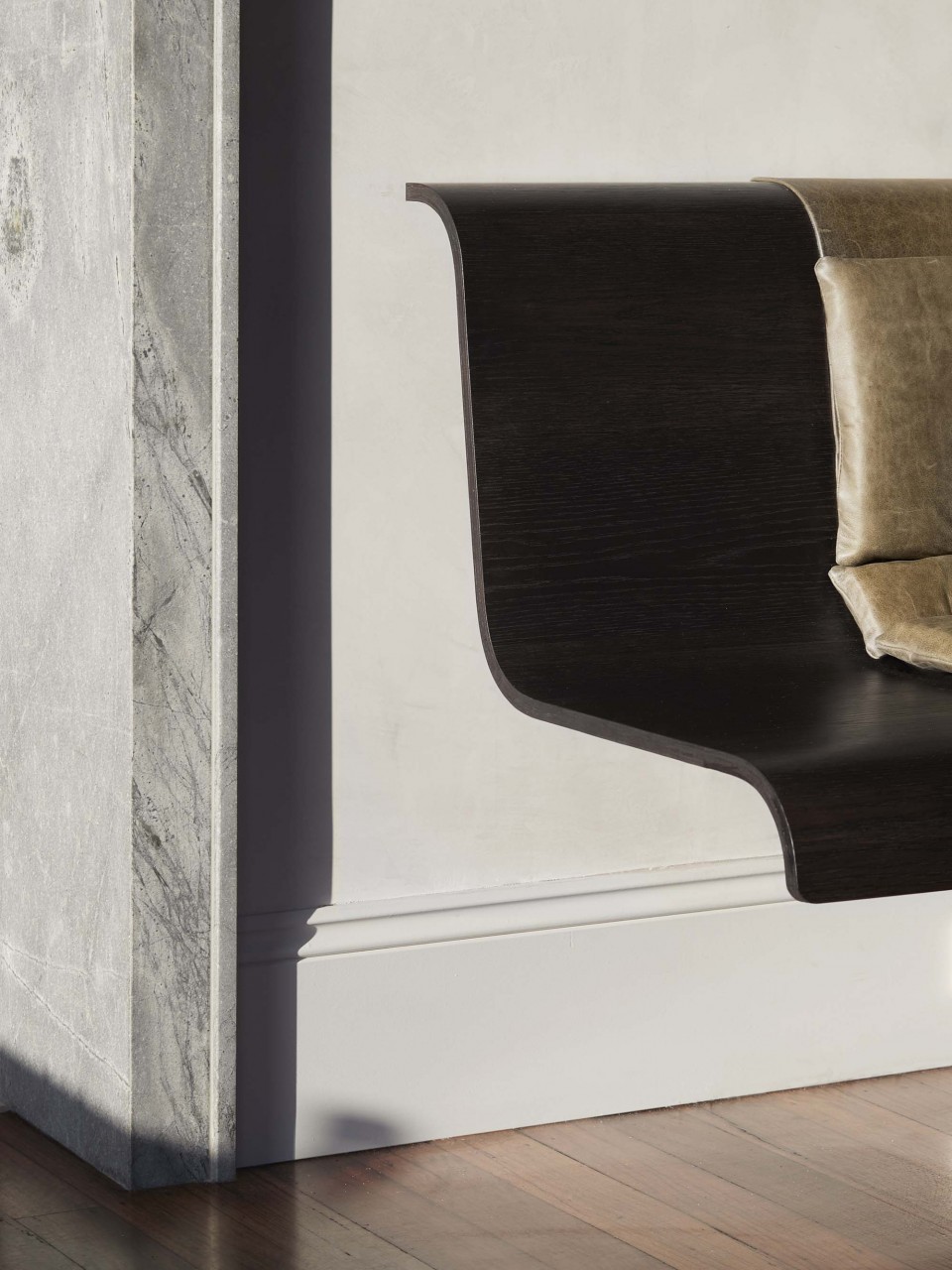
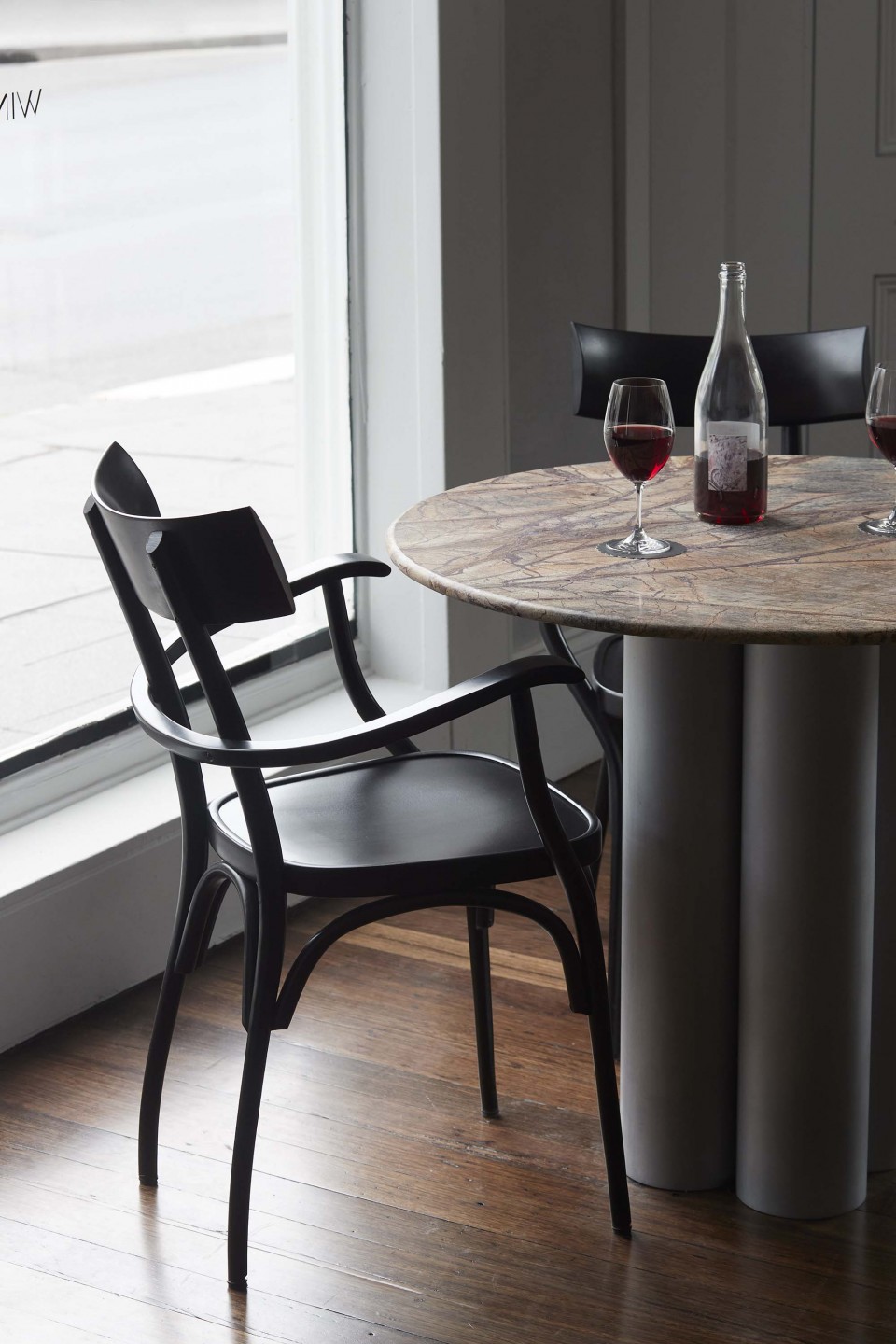

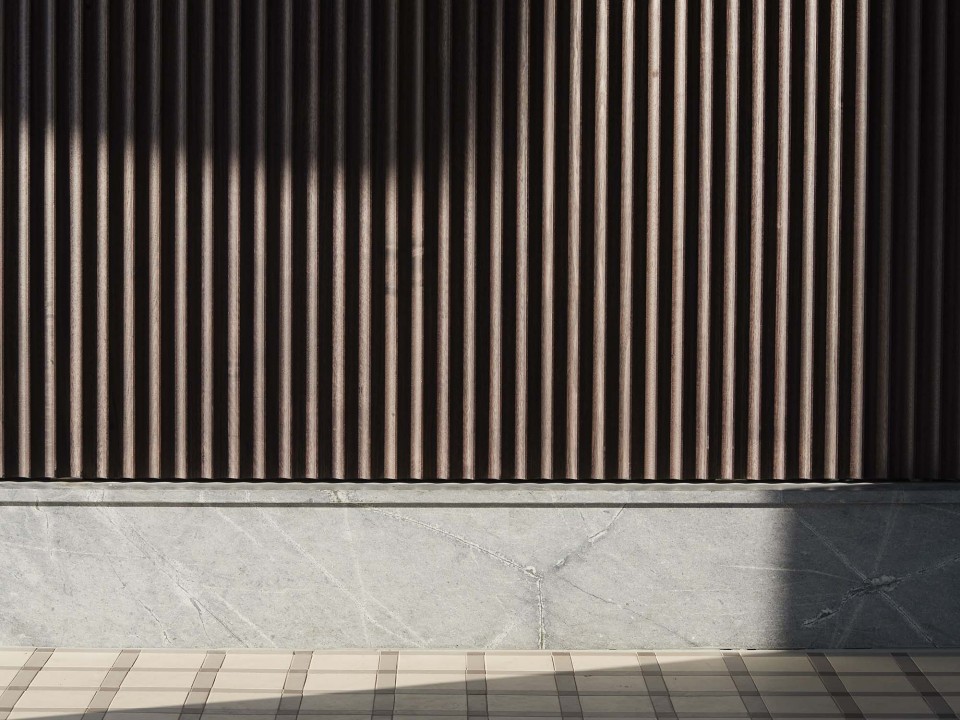
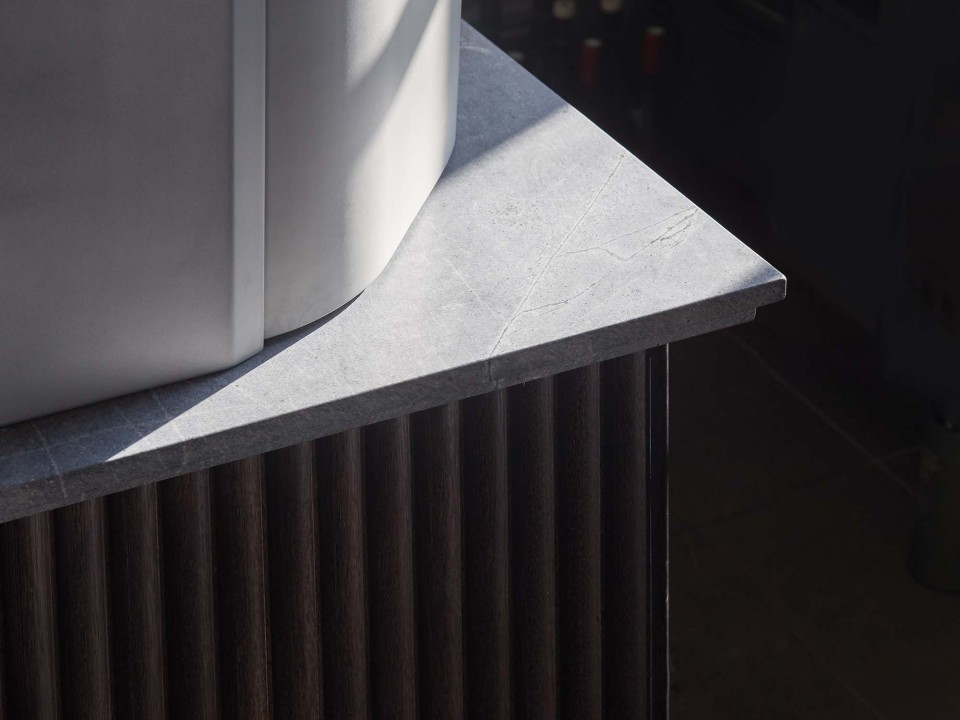
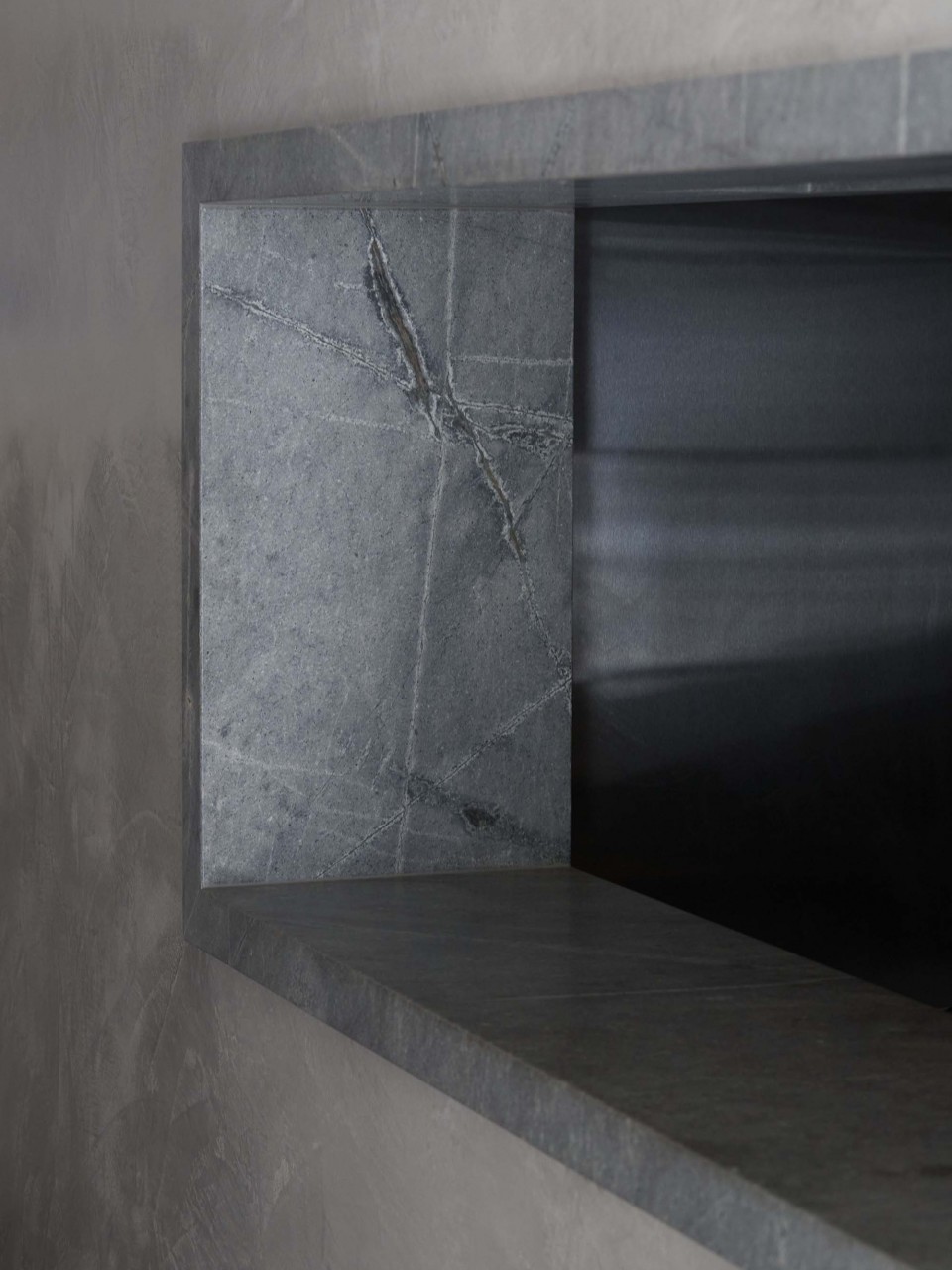
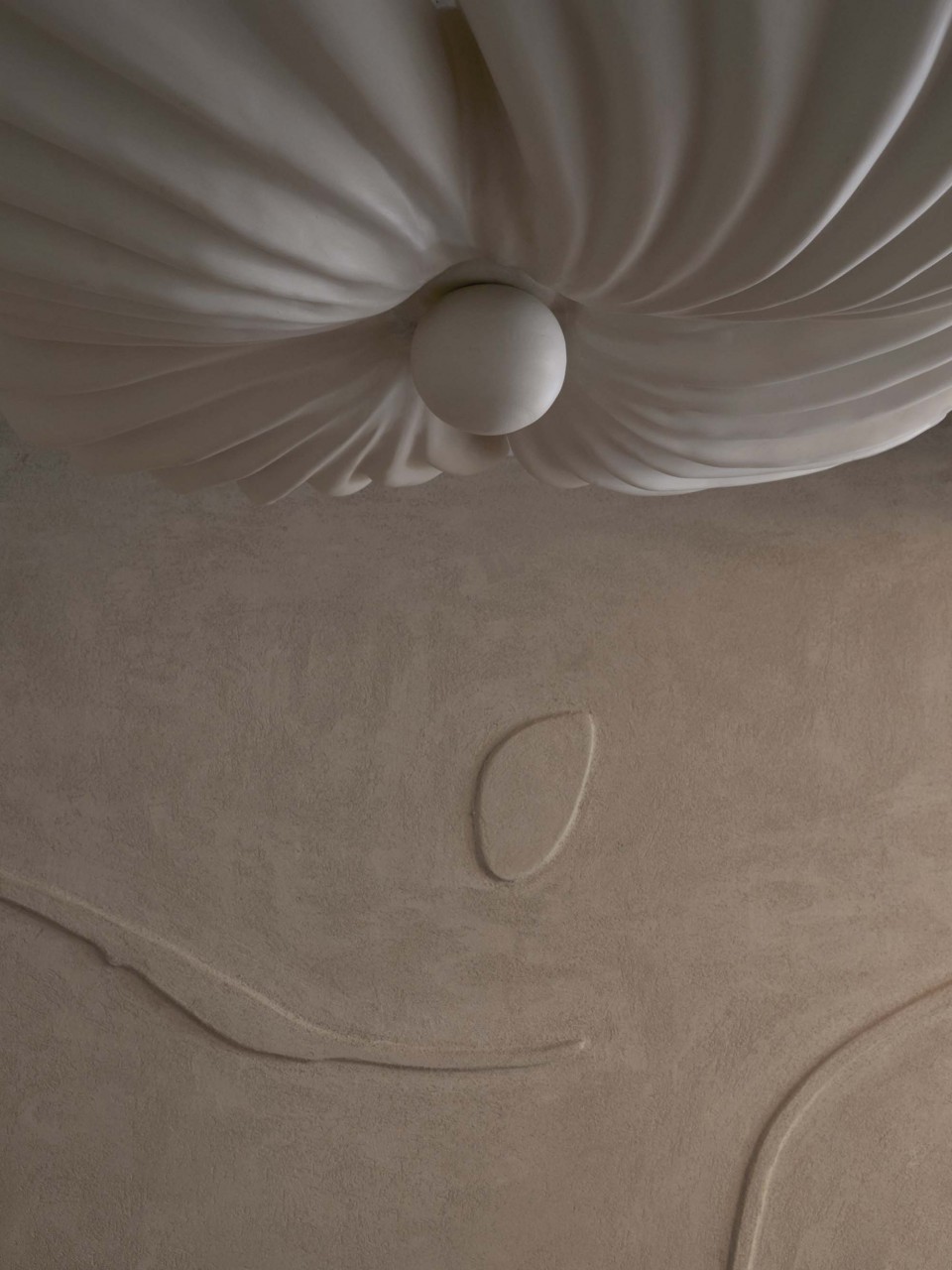


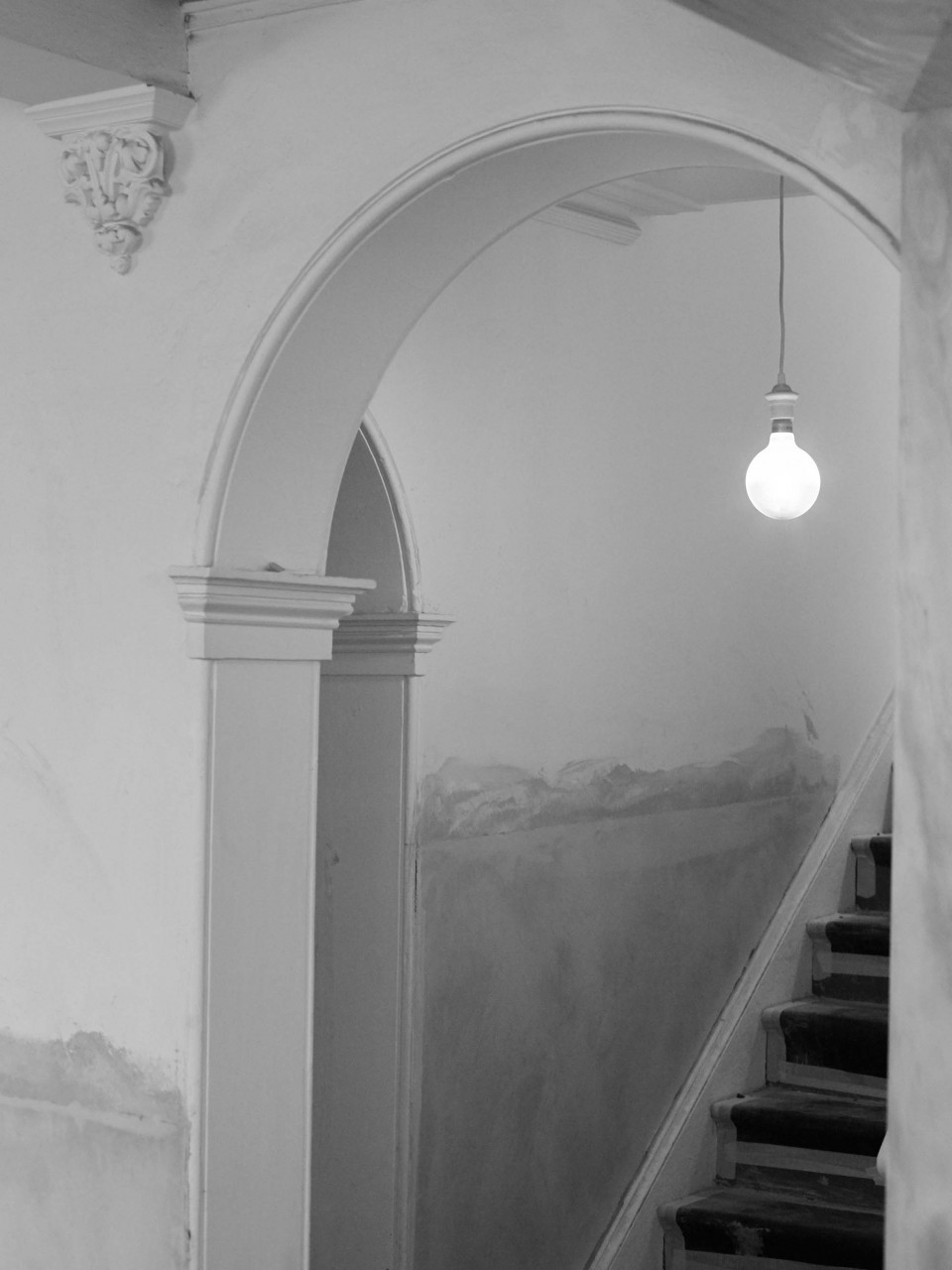
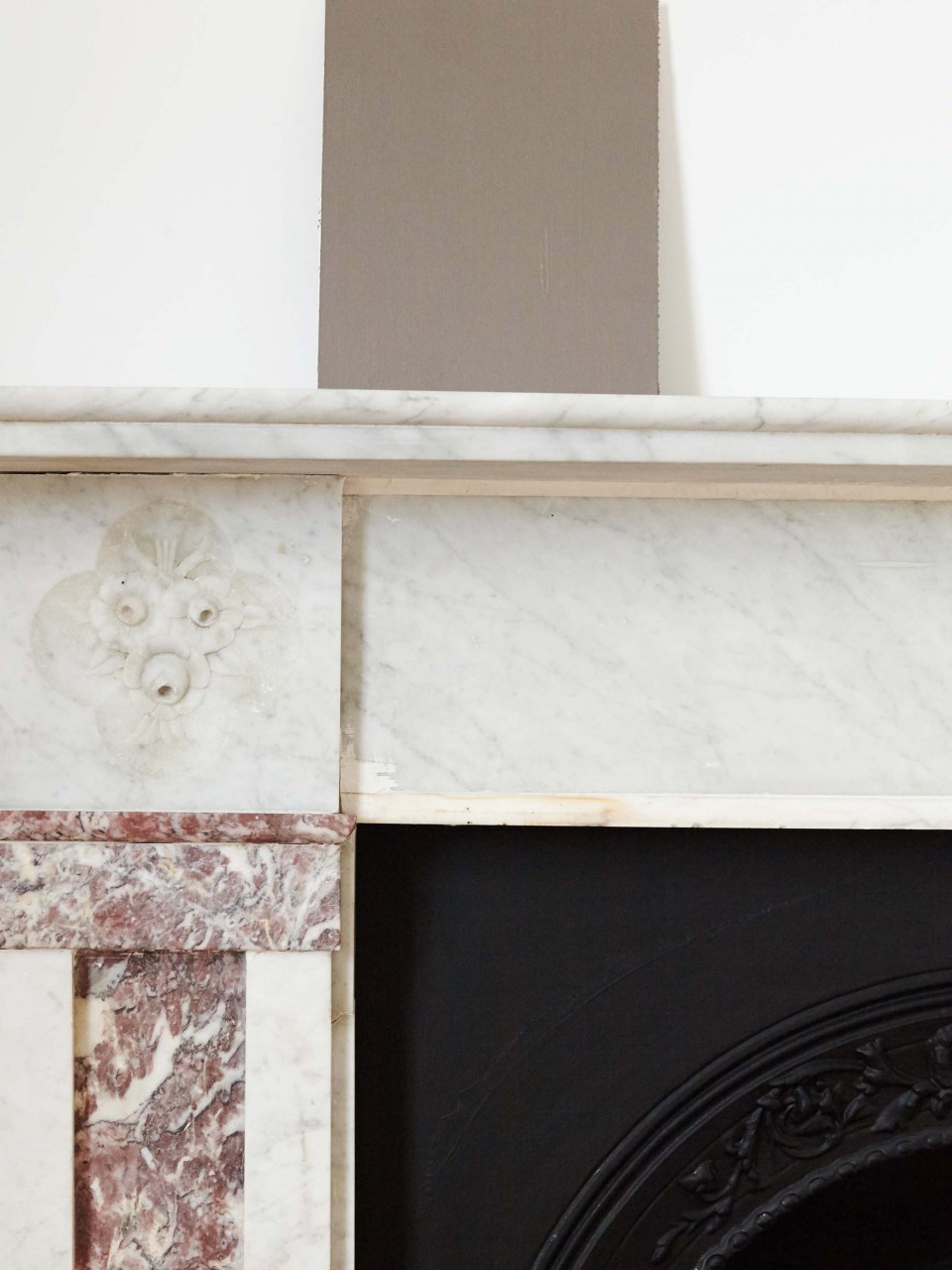

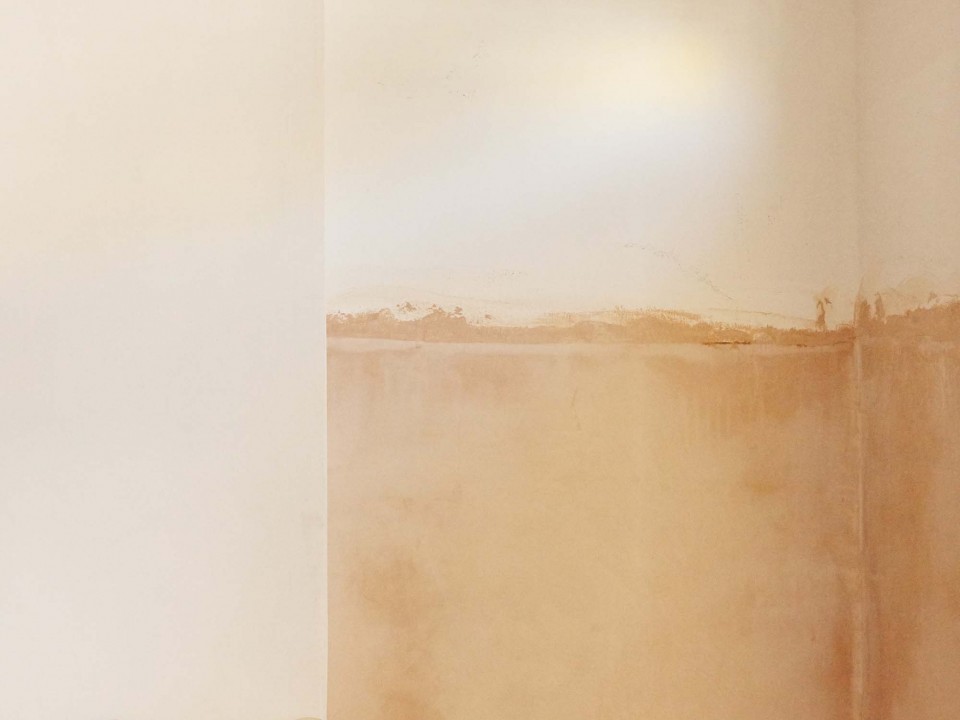

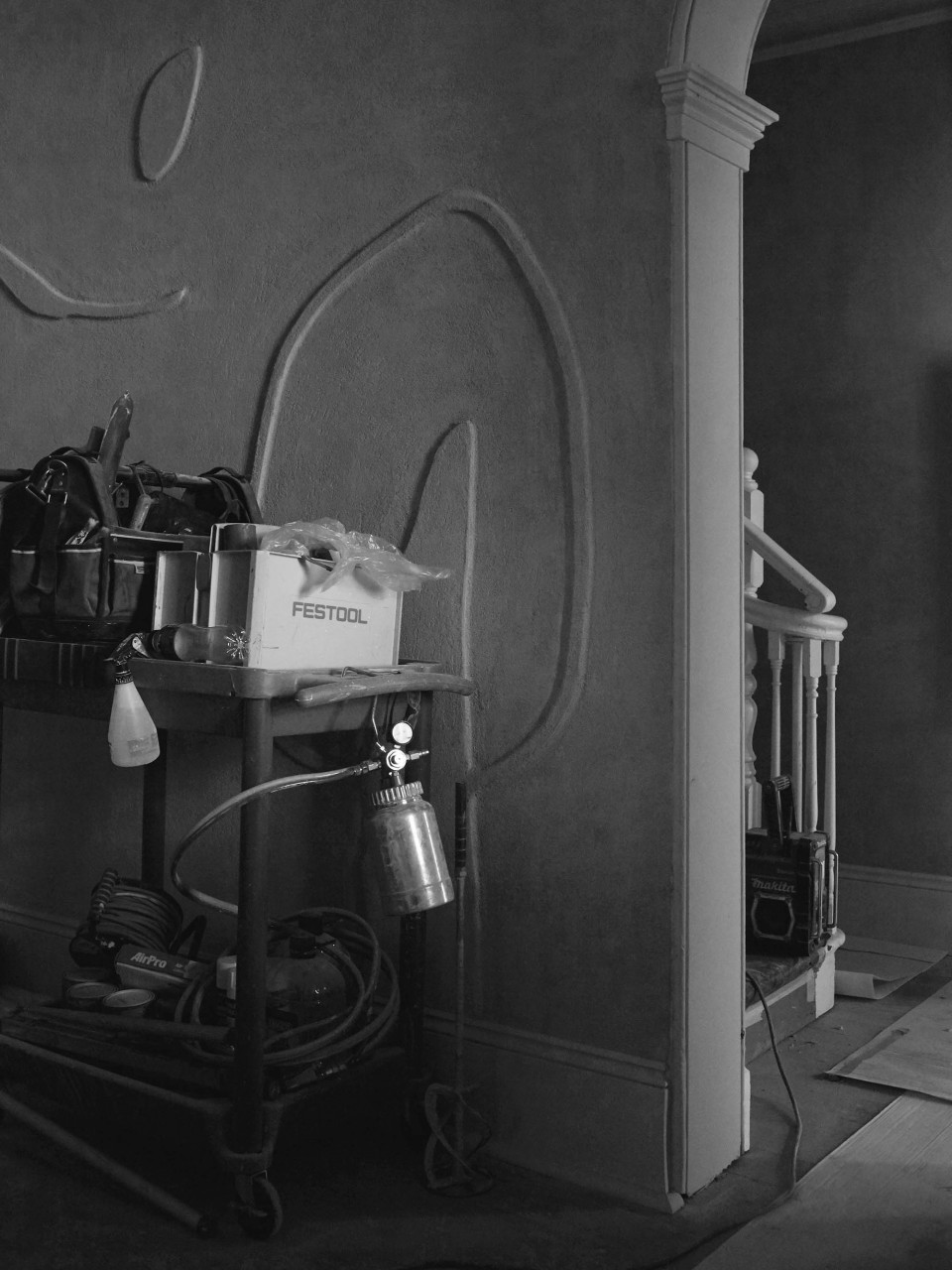
Evocative of its setting within a late 1800s Victorian Georgian rendered brick building that originally served as the Waratah Hotel, No. 92 draws upon the corner site’s past to deliver the spirit of a bygone era. Resulting in a refined rendition of an intimate salon, the European-influenced design creates an elegant and relaxed ambience for patrons. Original elemental fixtures including marble and iron fireplaces, ornate cornices and decorative ceilings were restored while new, subtly feminine flourishes, communicate a tactile and inclusive tone.
The refurbishment brought back to life severely dilapidated spaces, including a rejuvenated al fresco courtyard, restoring one of Sydney’s oldest hotels to its former glory. Downstairs, a ribbon of custom rolled timber banquette seating cushioned with jade green leather plus raised bars swirl seamlessly around the main dining room, offsetting the bar’s heritage features. Cocooning an intimate dining quarter like a sheath of velvet, an undulating wall mural by Taiwanese-Australian artist, Angie Pai, depicts abstract landscapes. Floating upstairs, her commissioned tapestry subtly veils a theme of female bonds and emotional strength referencing the craft of ancient Nüshu (a secret women’s script that dates back to the 13th Century Hunan Province). Textured Venetian plaster and limewash wall finishes, hammered glass, antique mirrors and sourced vintage pieces – particularly light fittings – add an instant lustre of patinaed charm. Other elements including the bar’s custom metal liquor cabinet and the courtyard’s wrought iron furniture were selected for their capacity to weather and age gracefully.
Parlour games take on a more luxurious direction upstairs. An amoebic ottoman and dramatically veined custom marble-surfaced tables mingle with autumnal-shaded carpets and upholstered armchairs, culminating in the dramatically broody private dining room. Throughout these three spaces, pendant lighting, a still life painting (Dutch 17th century genre) and an array of ornaments elevate its intimate residential appeal for guests.
Photography by Traianos Pakioufakis















